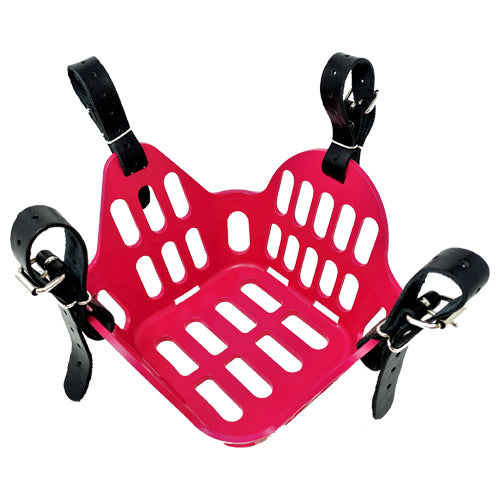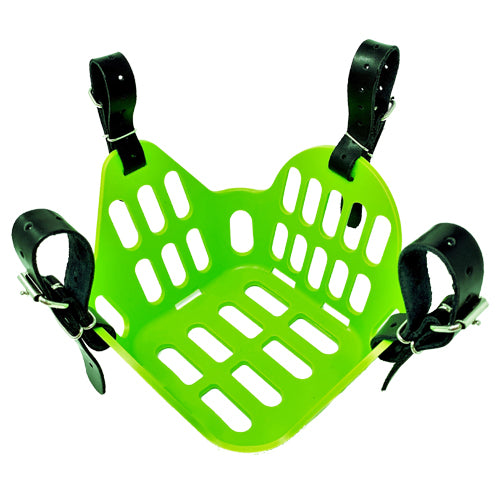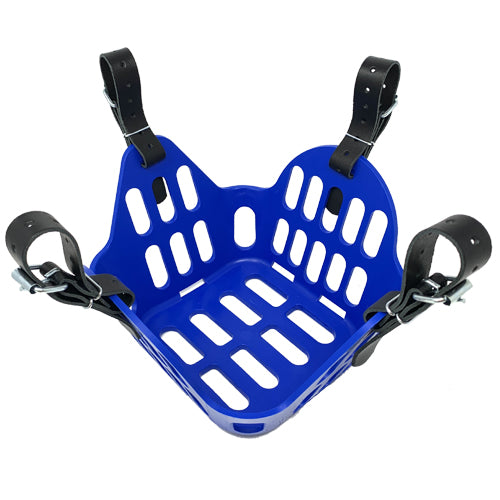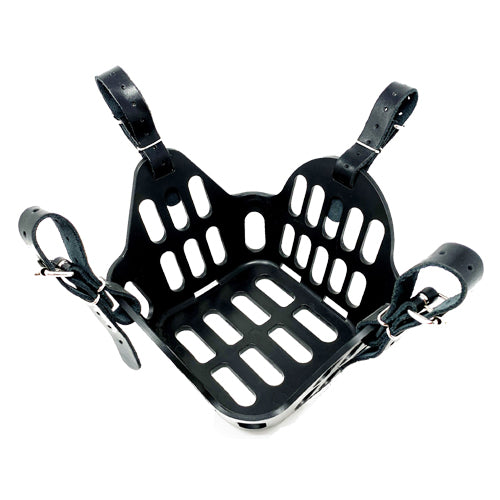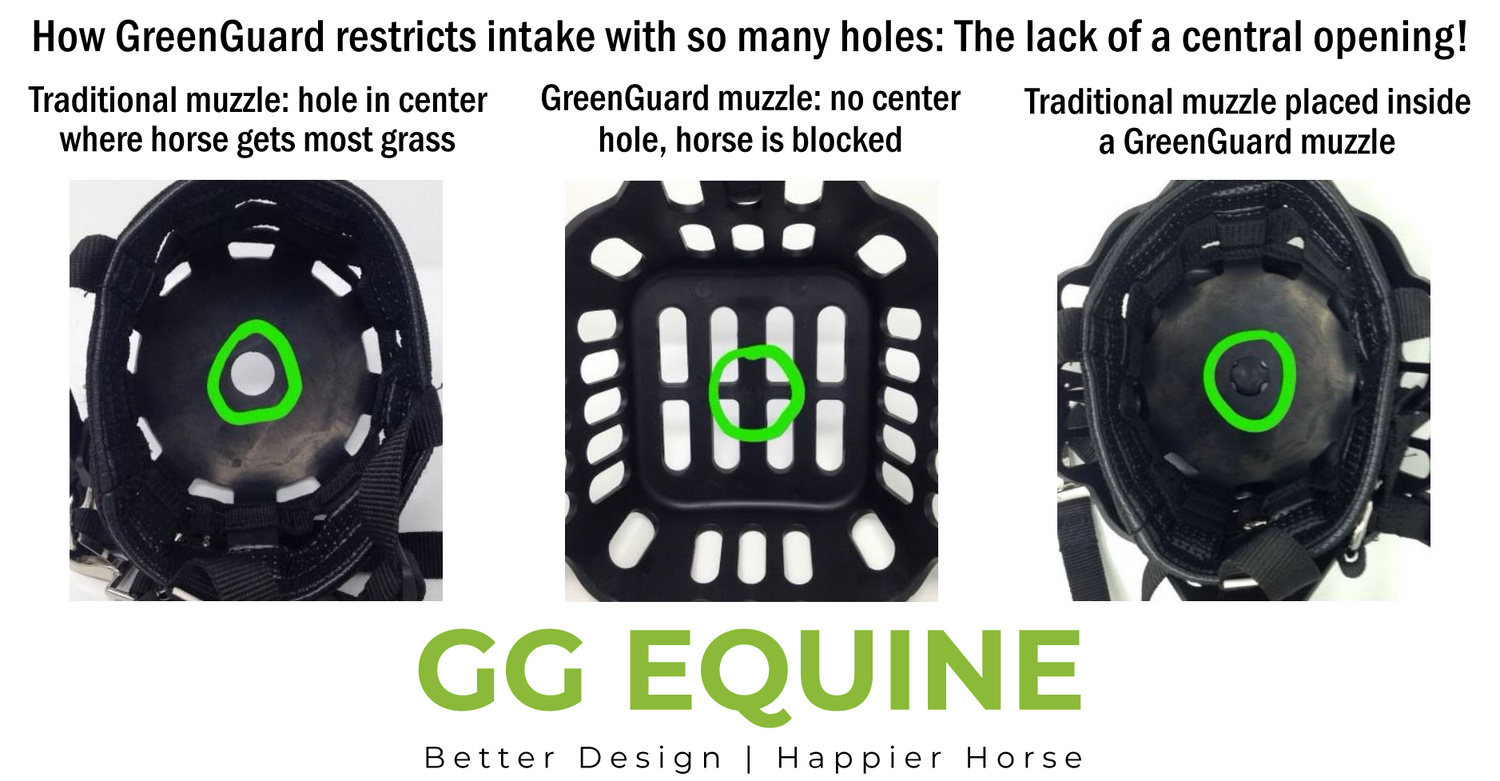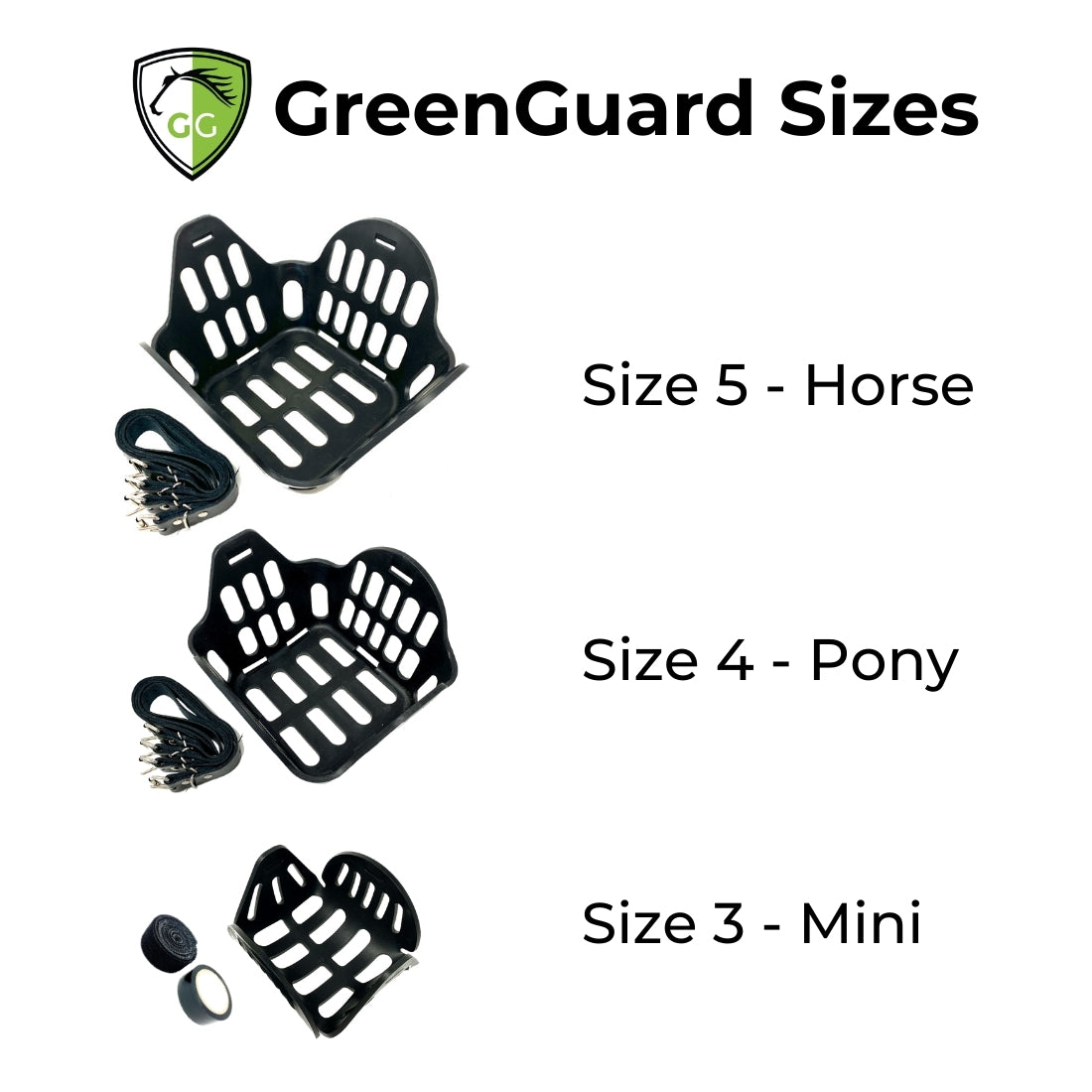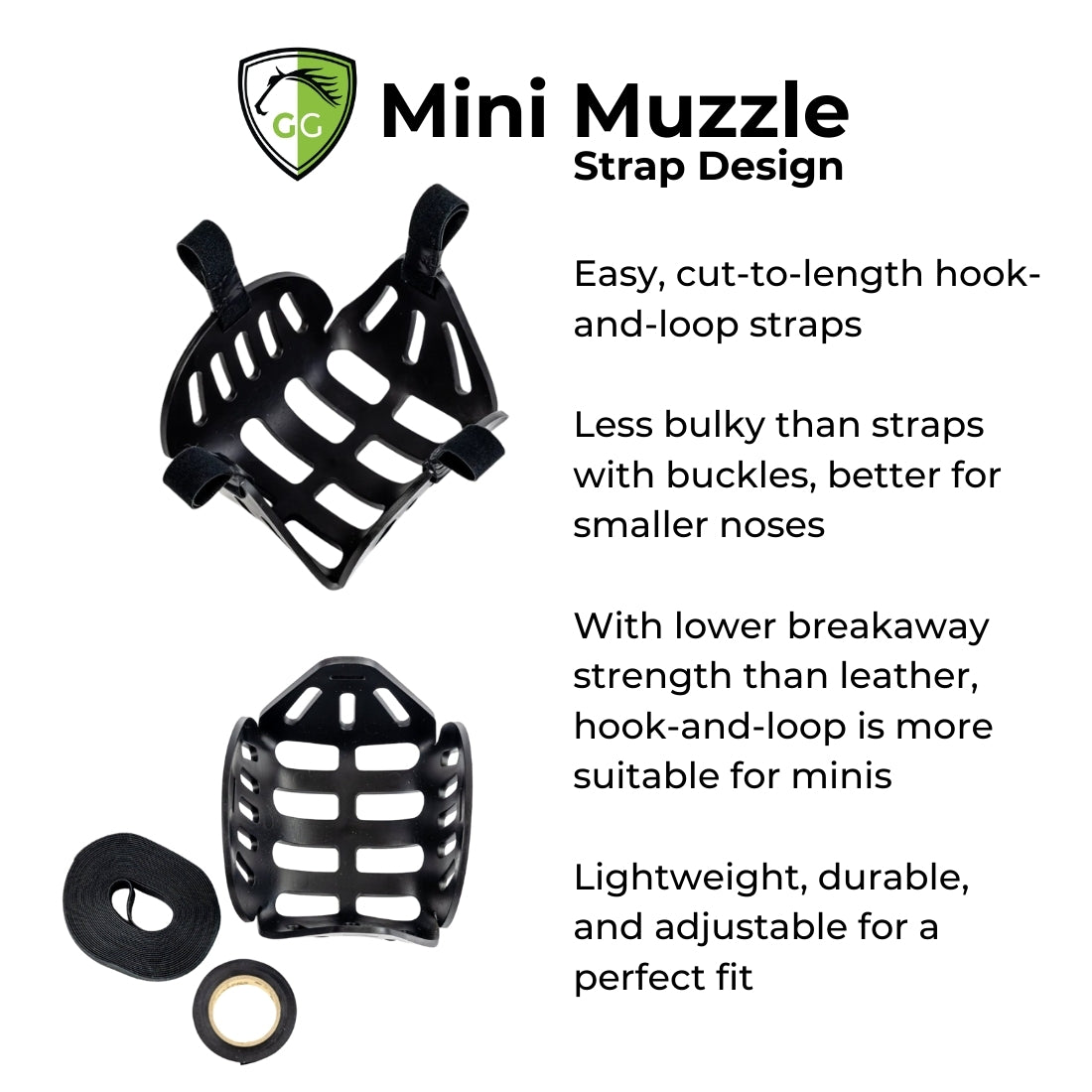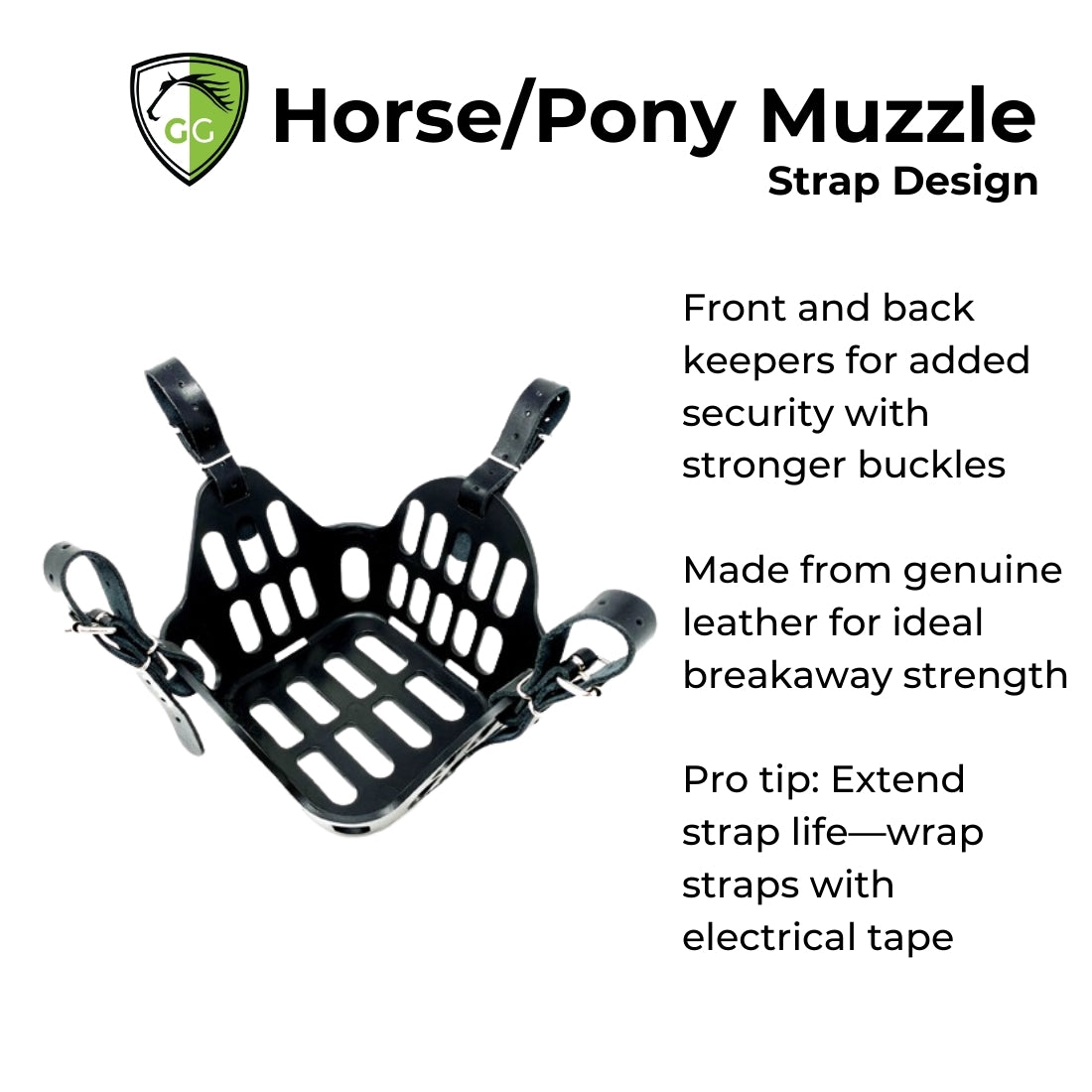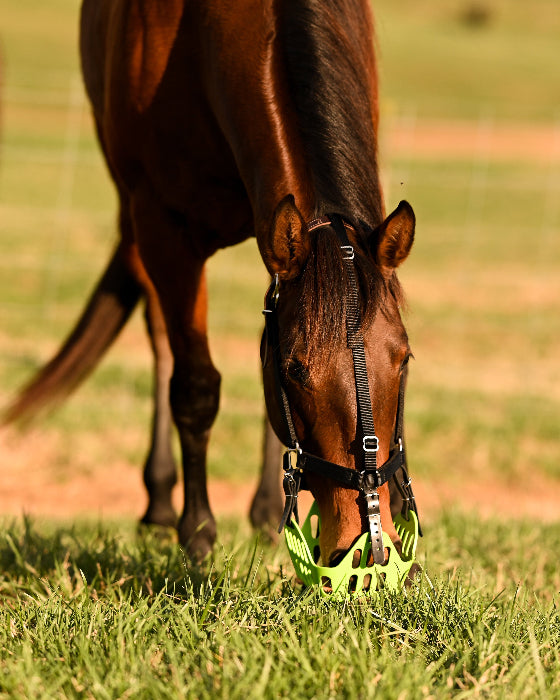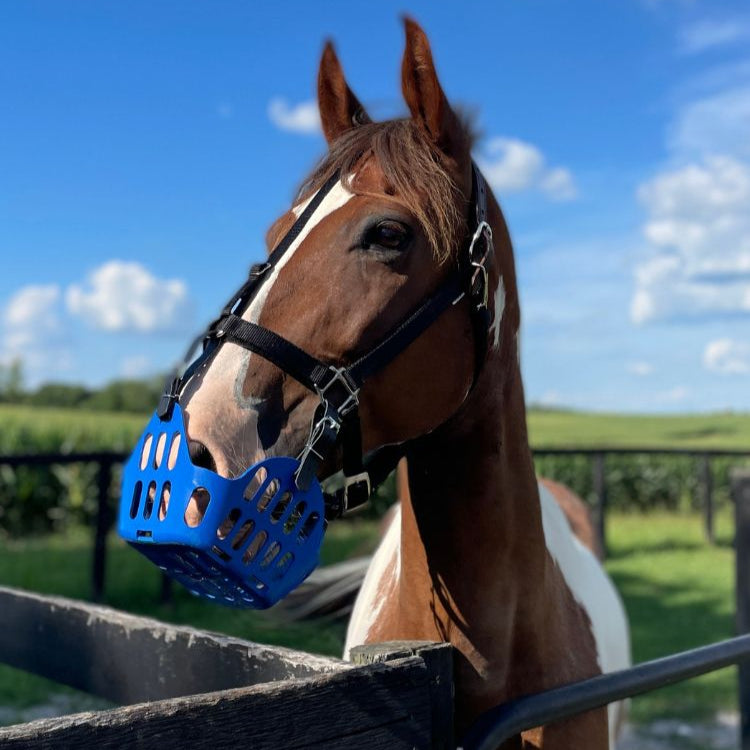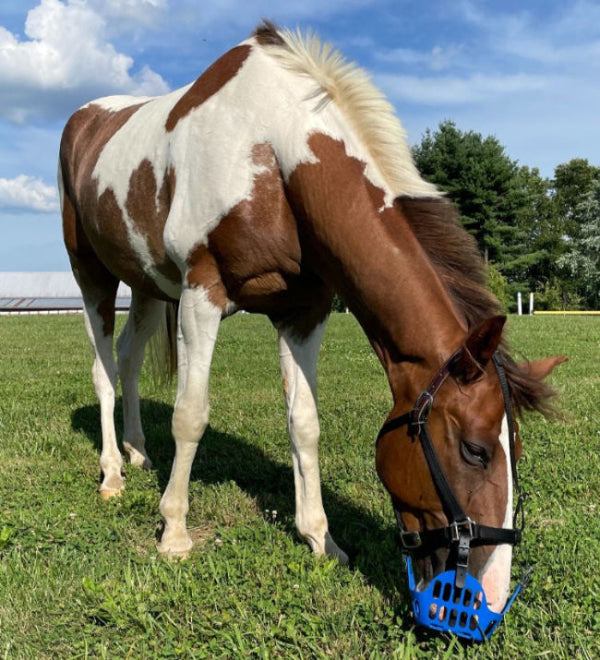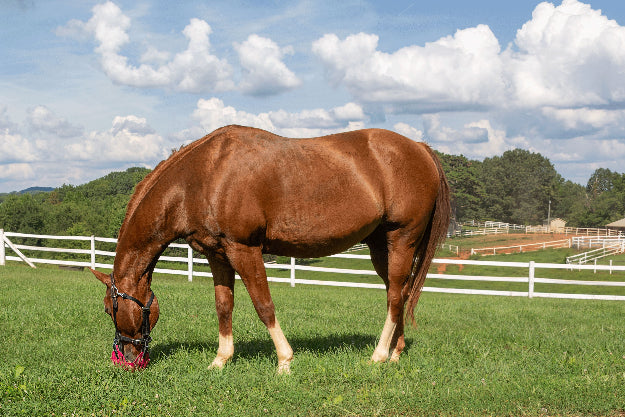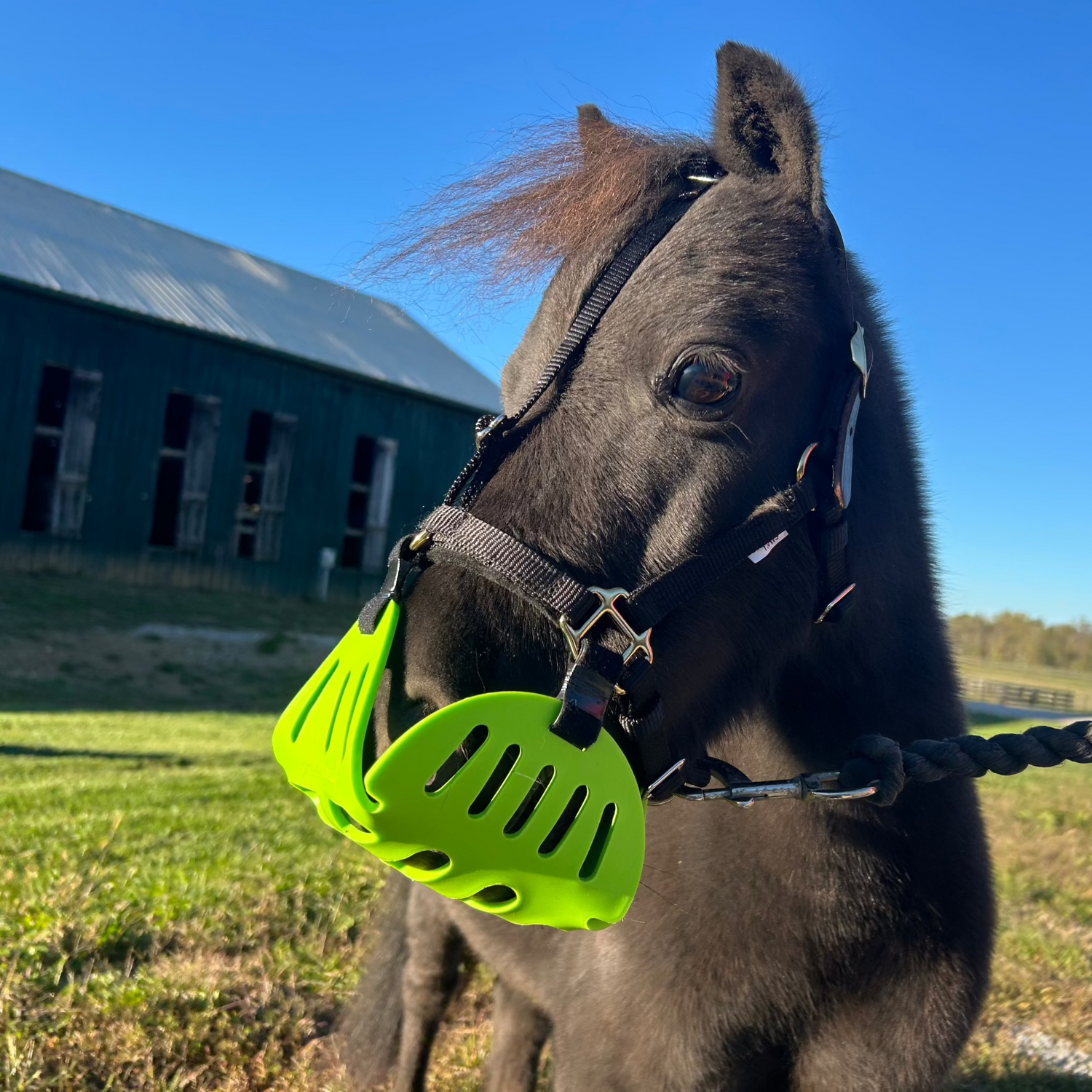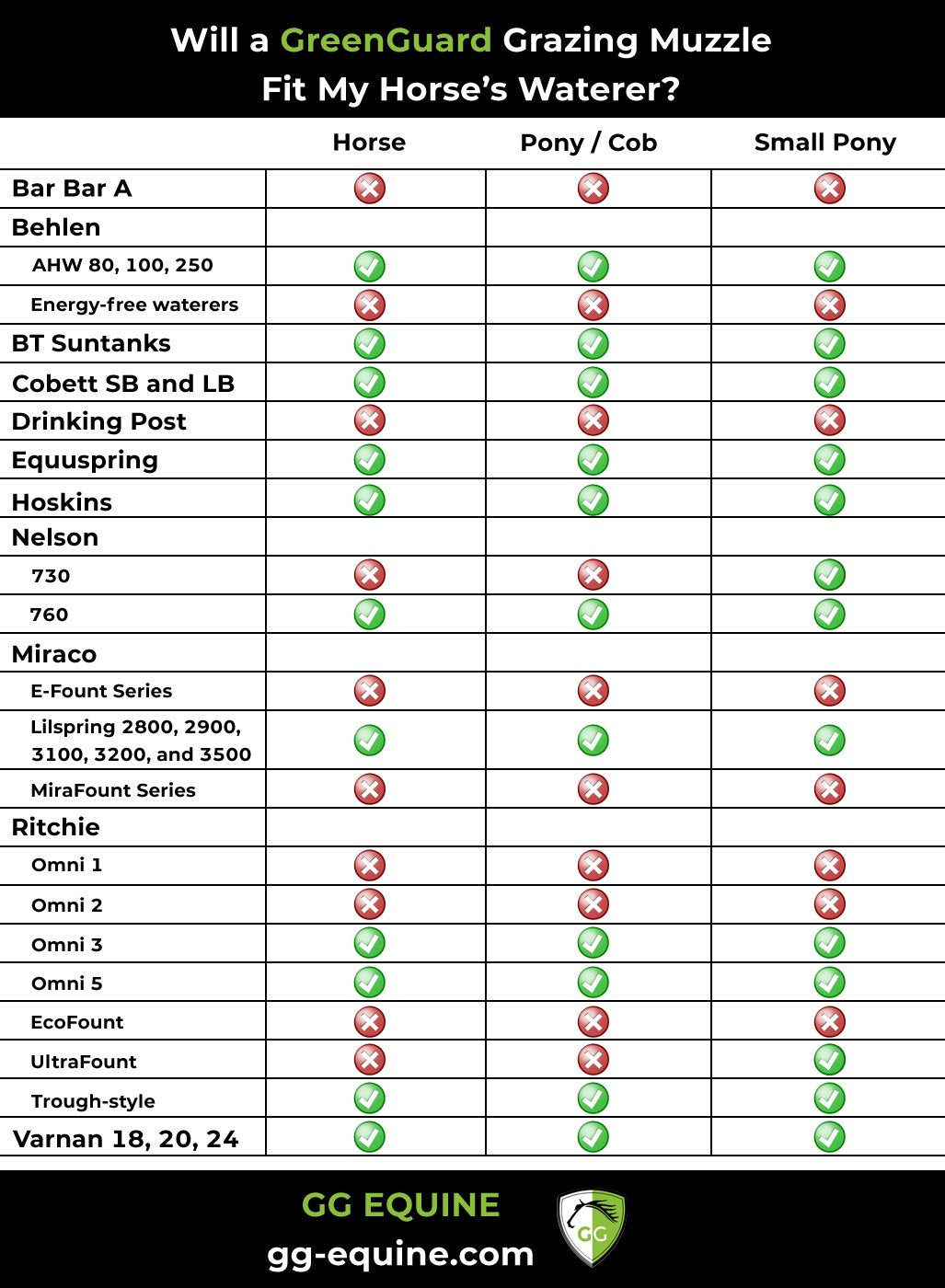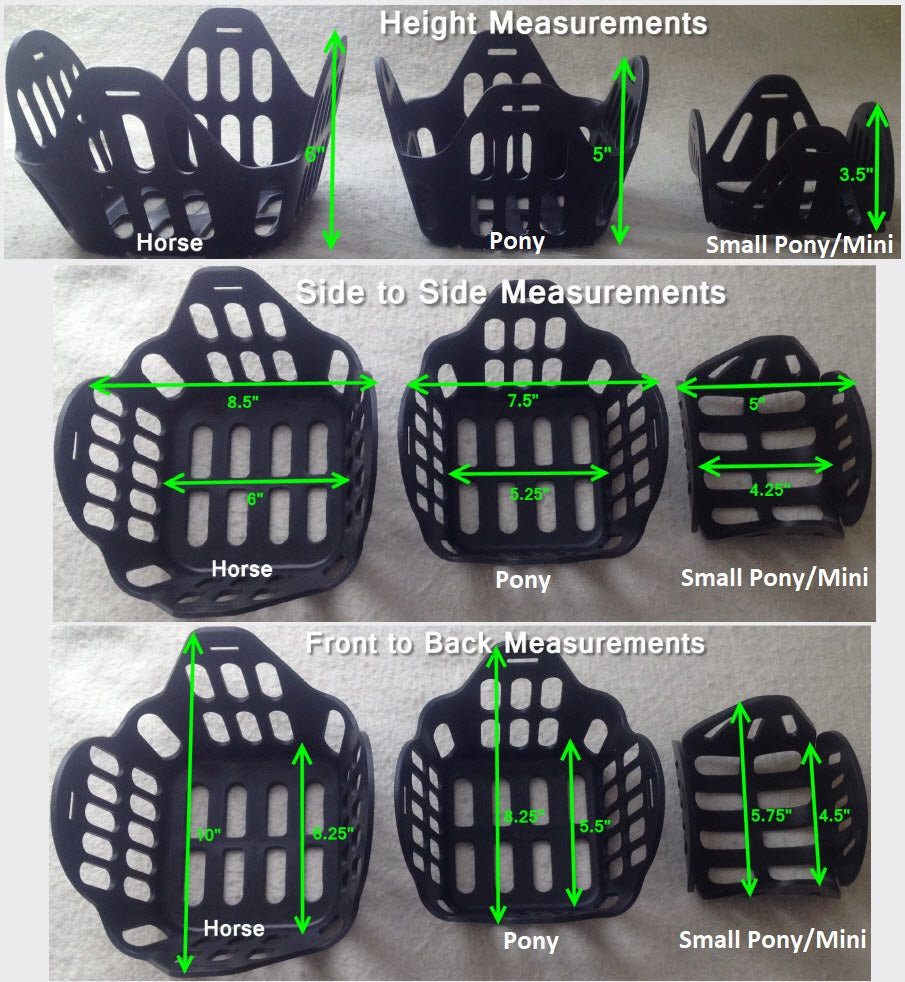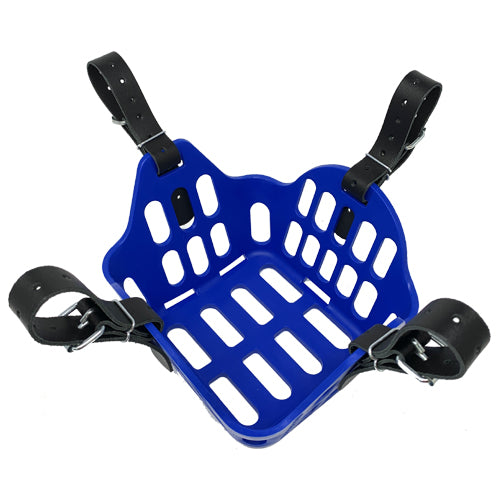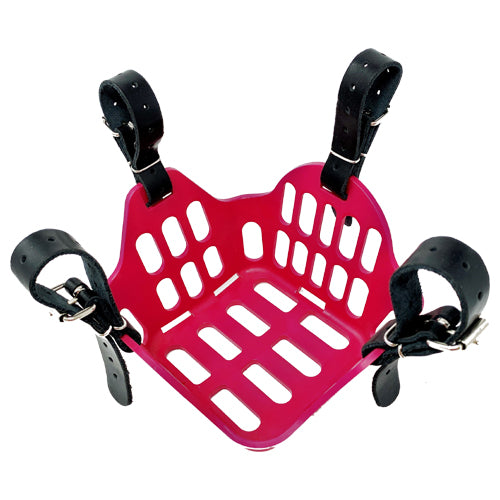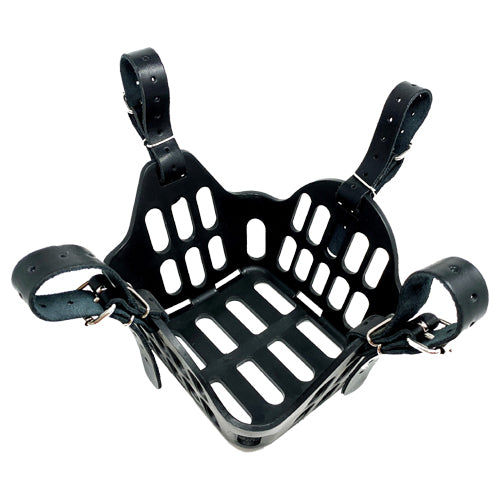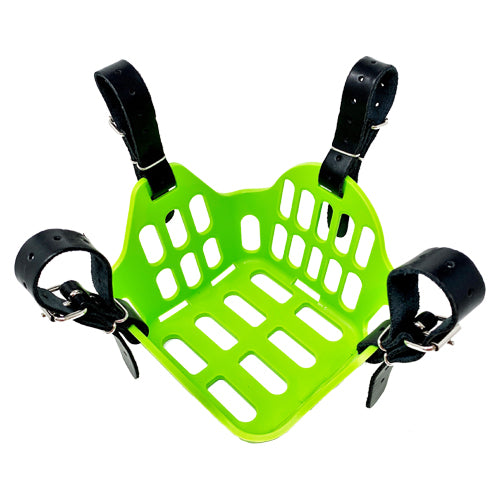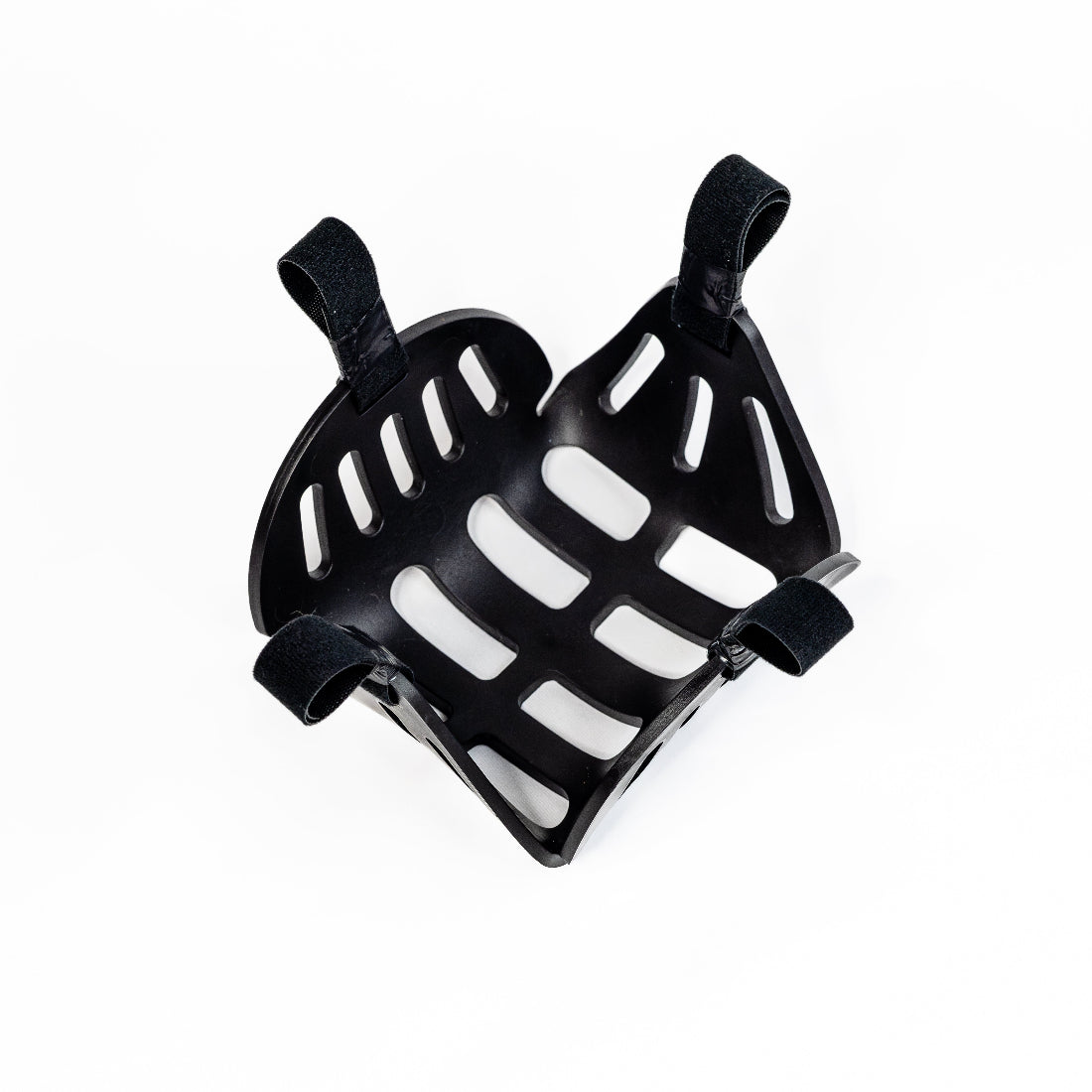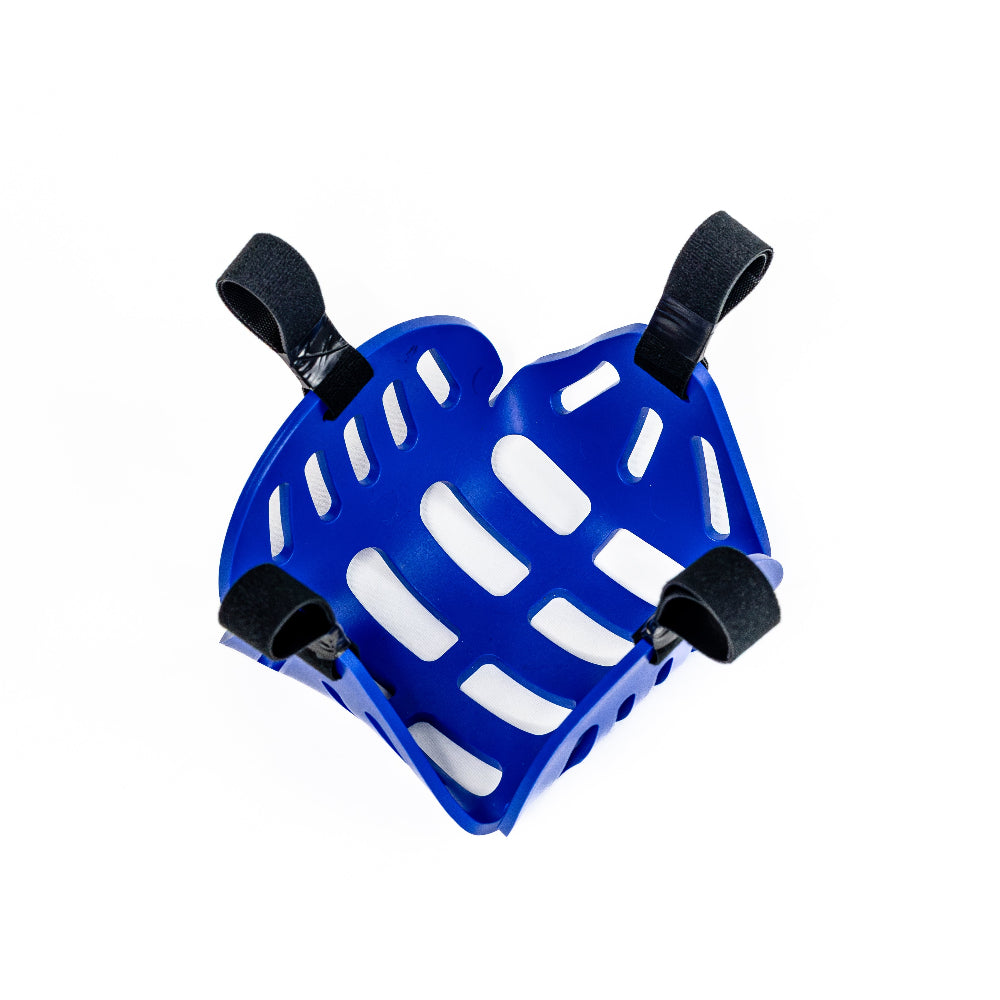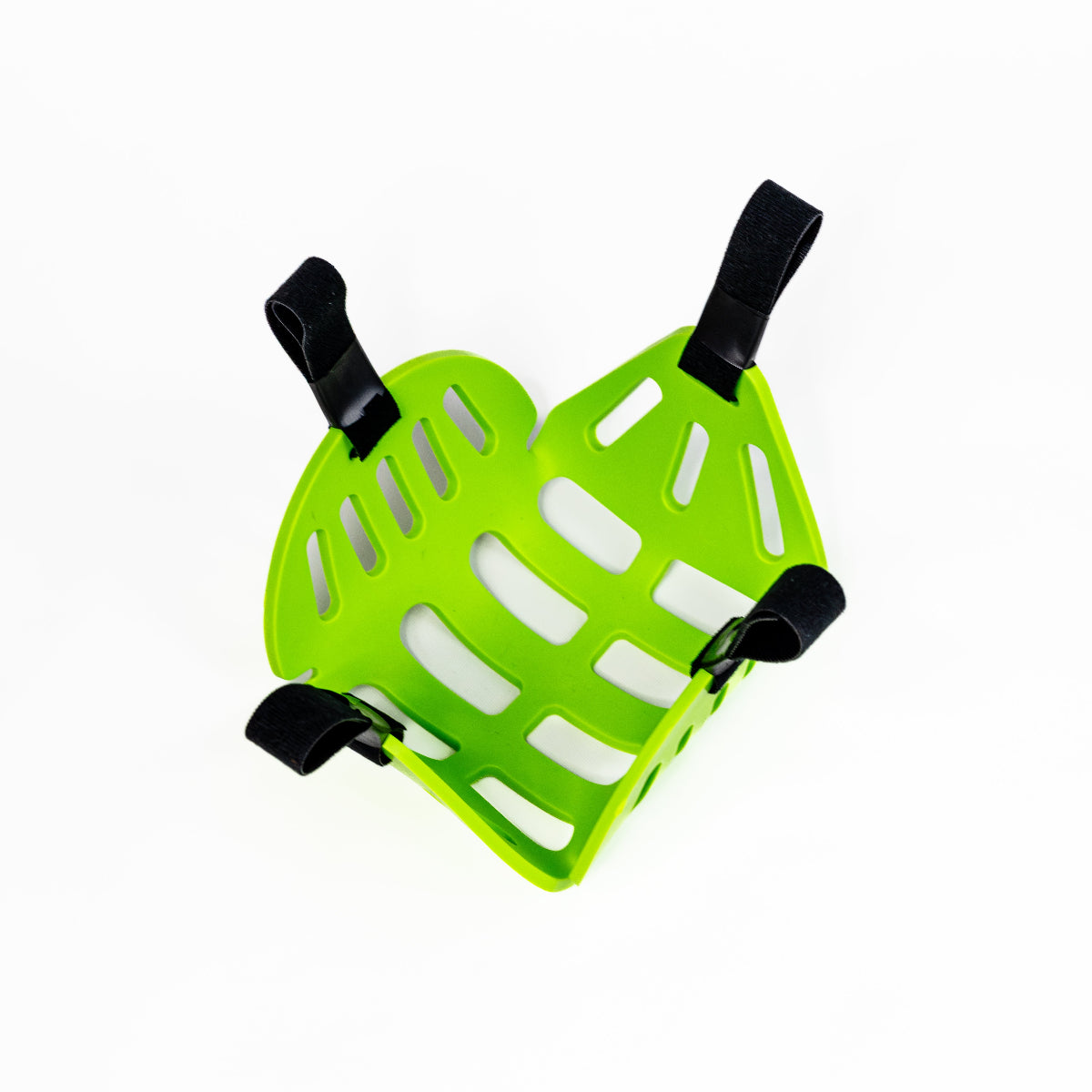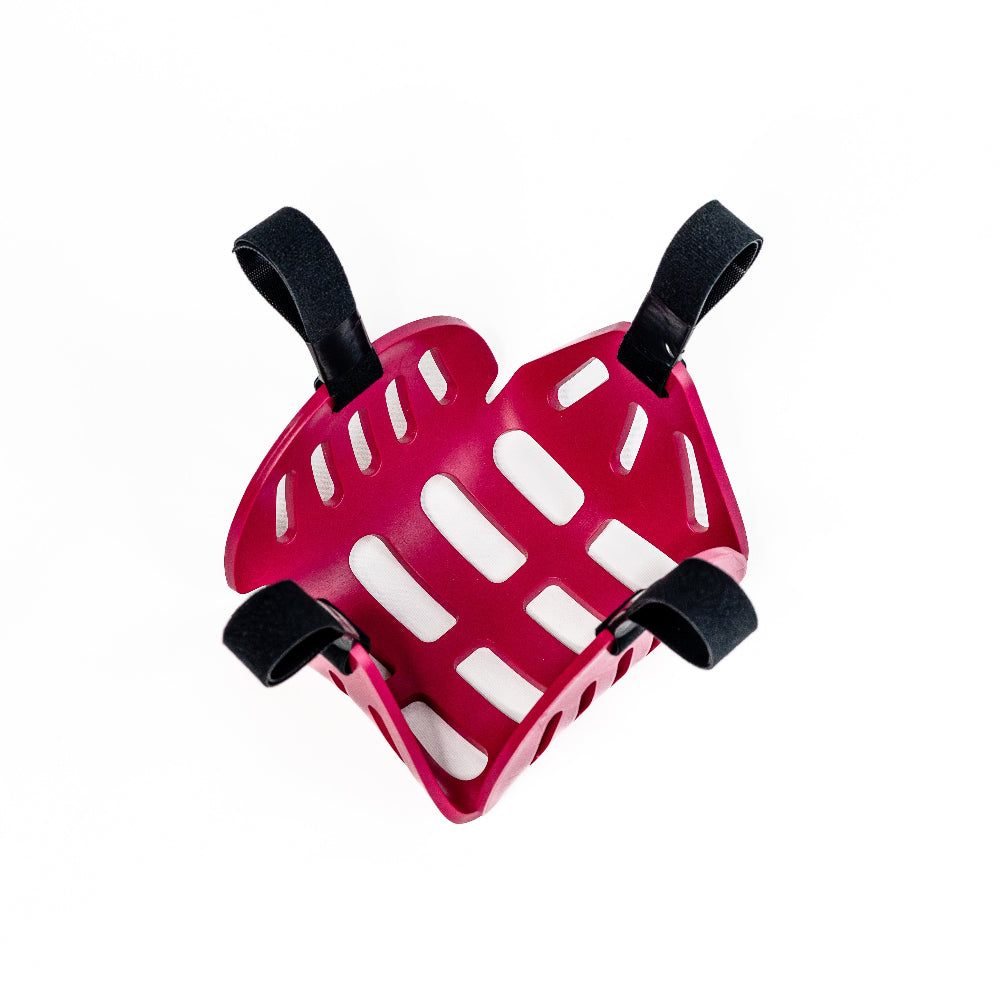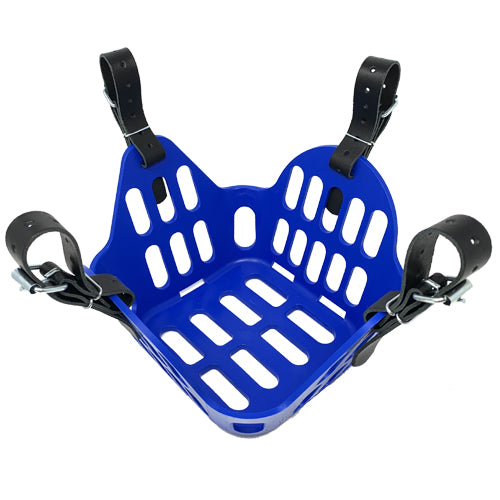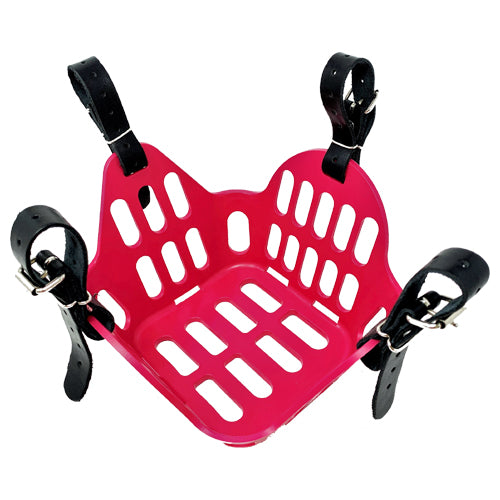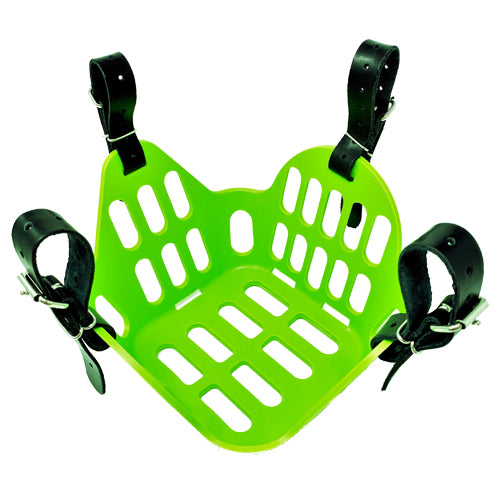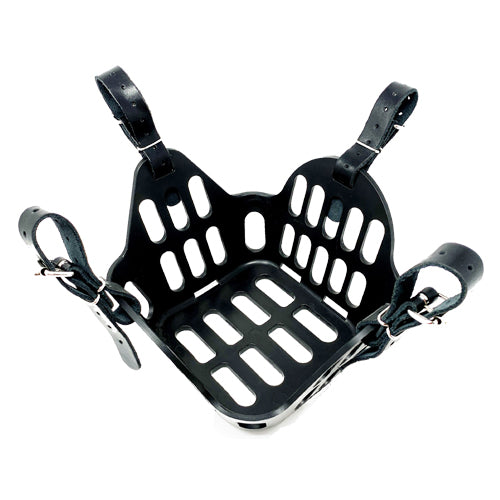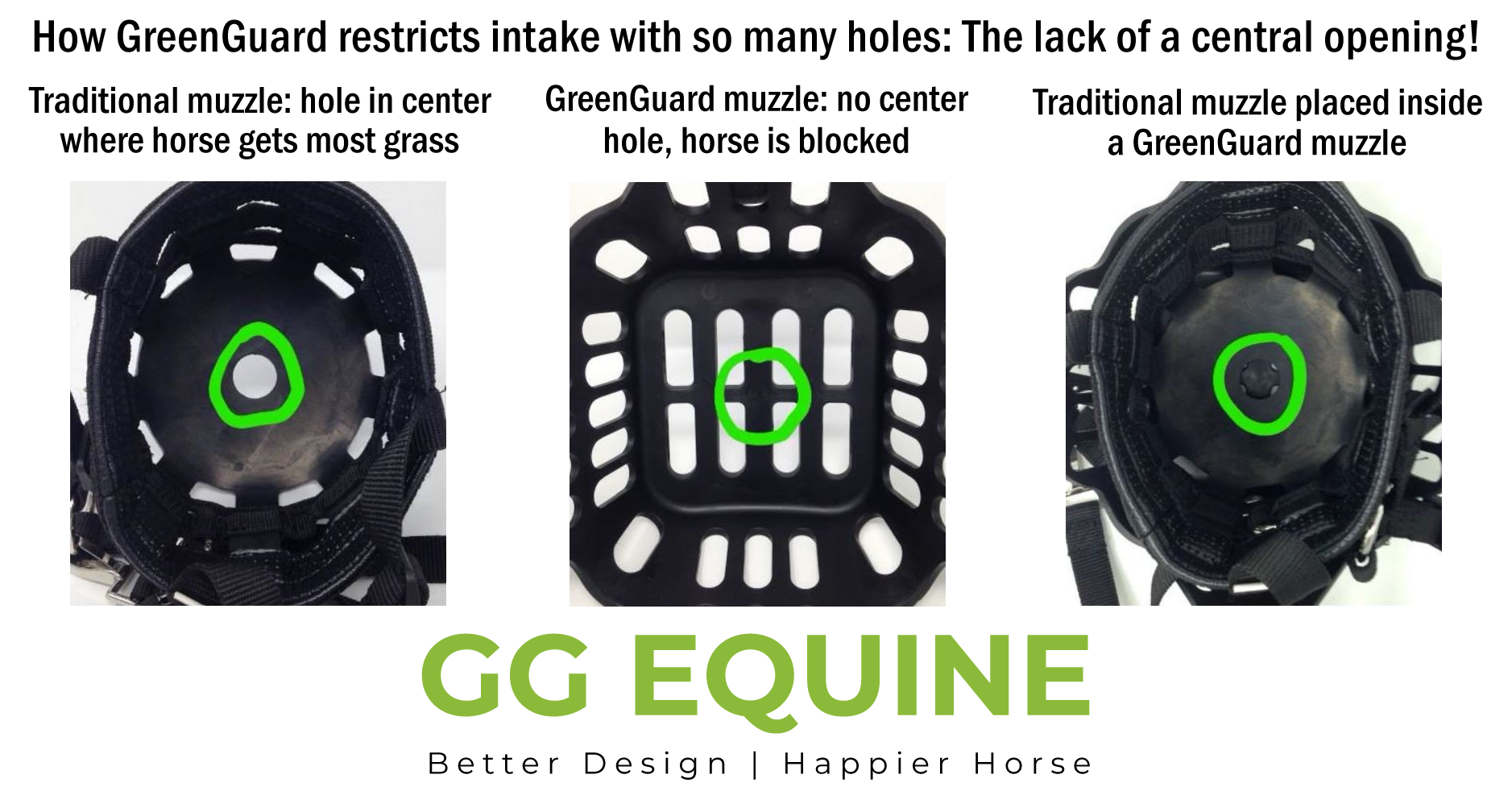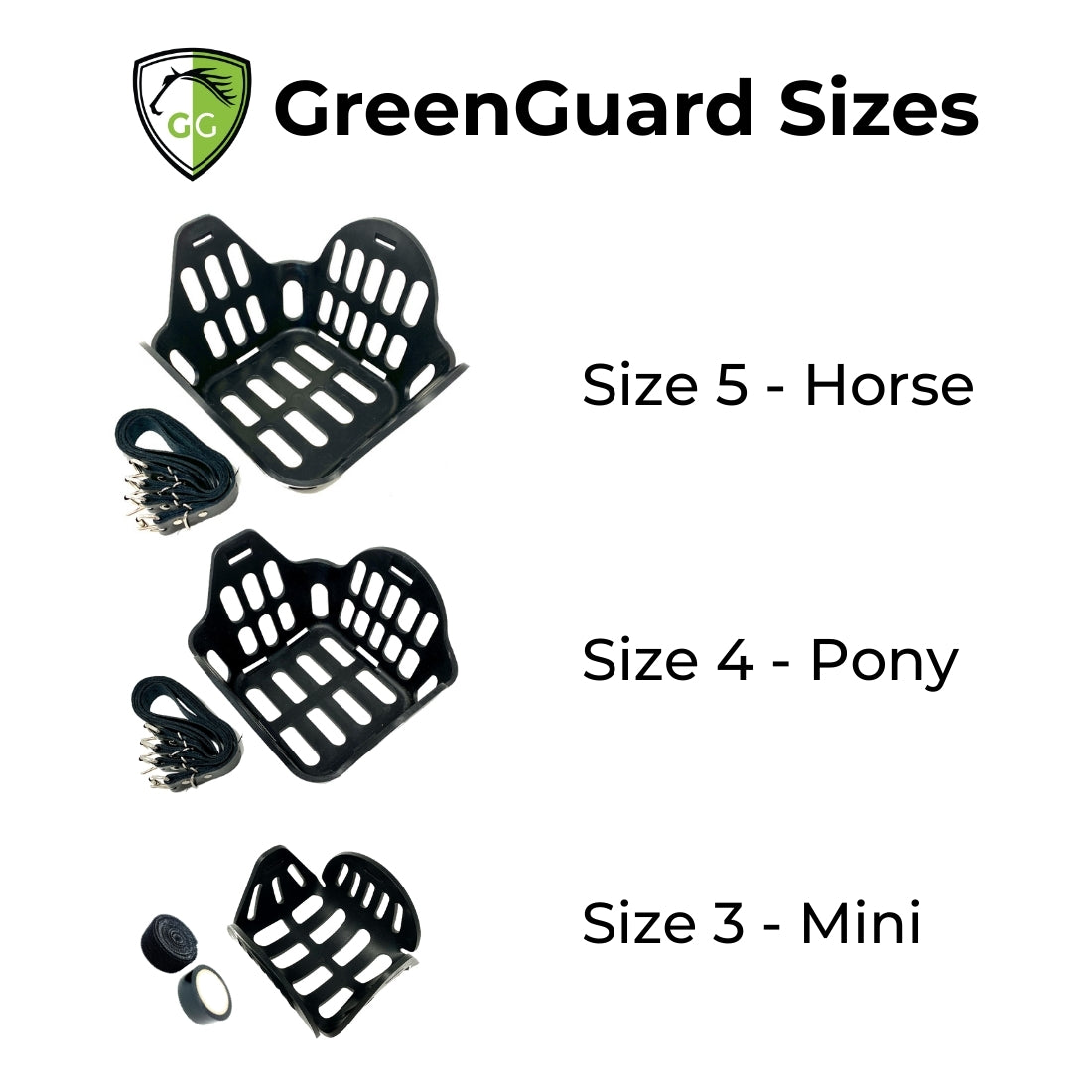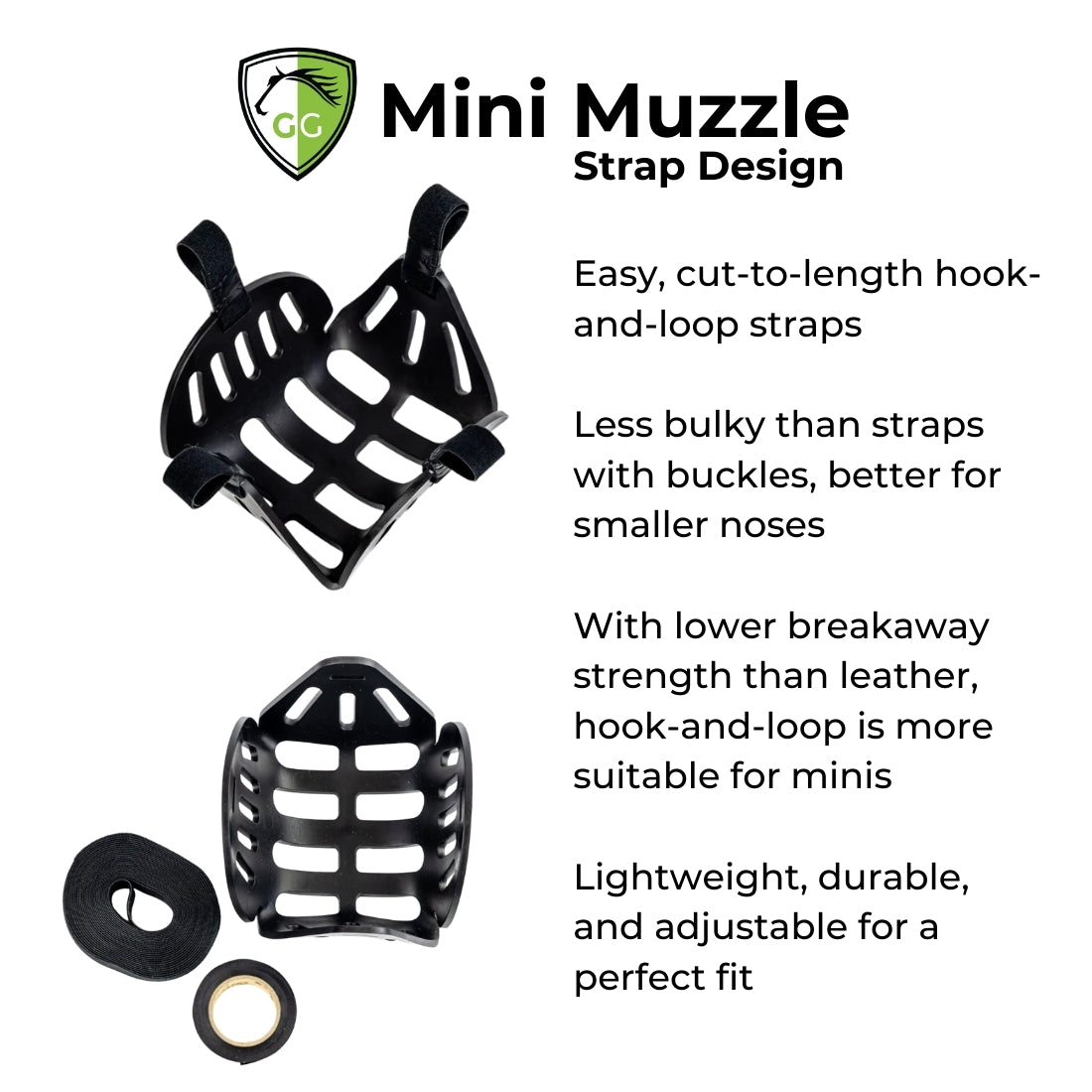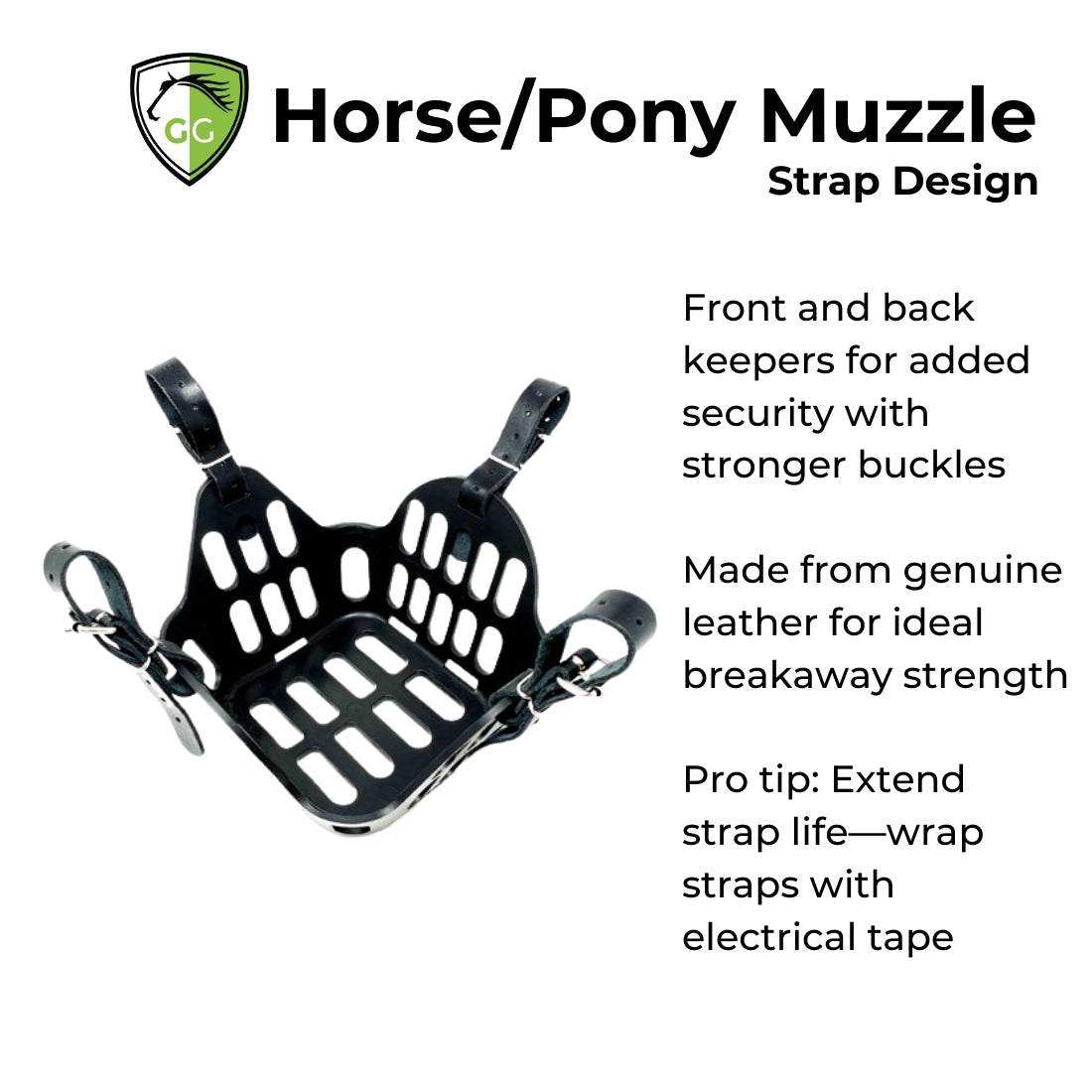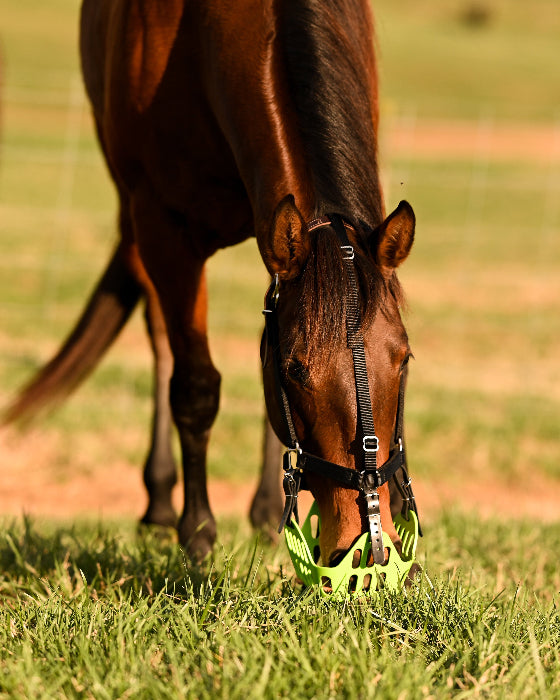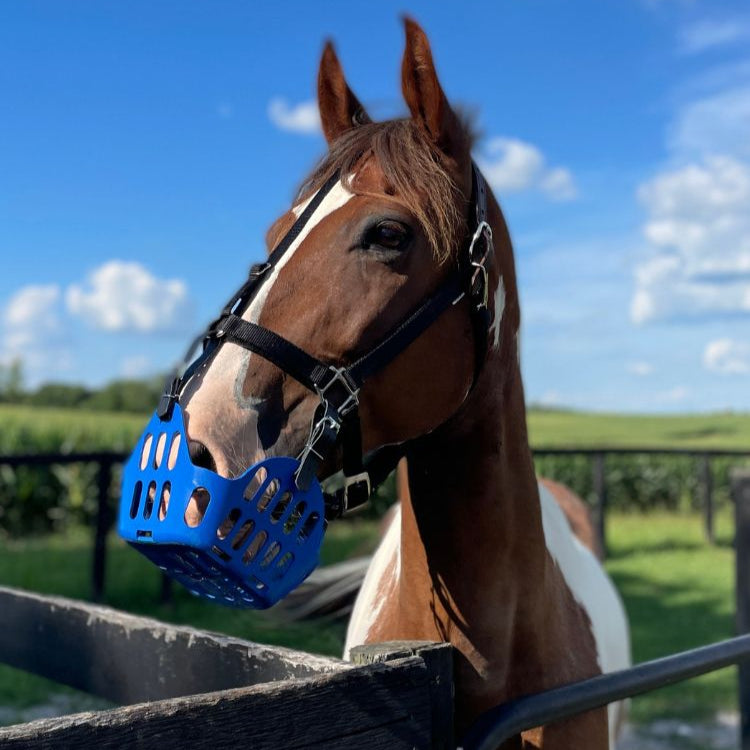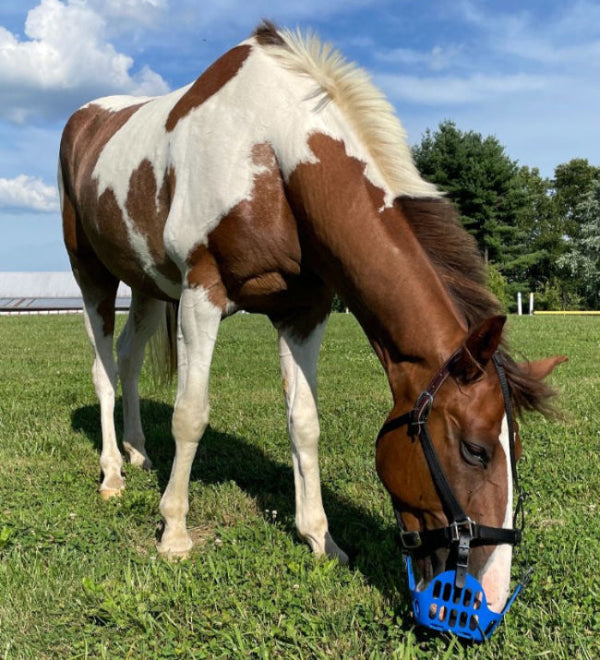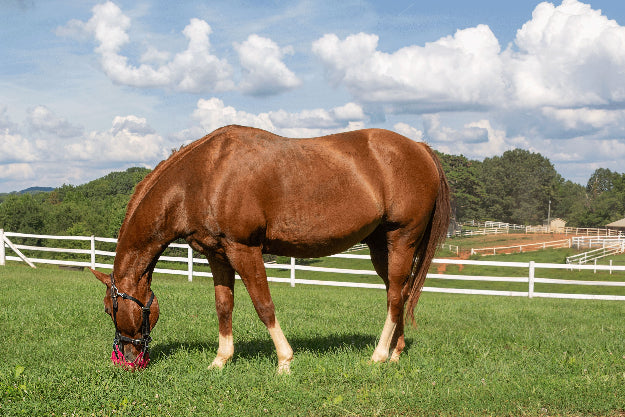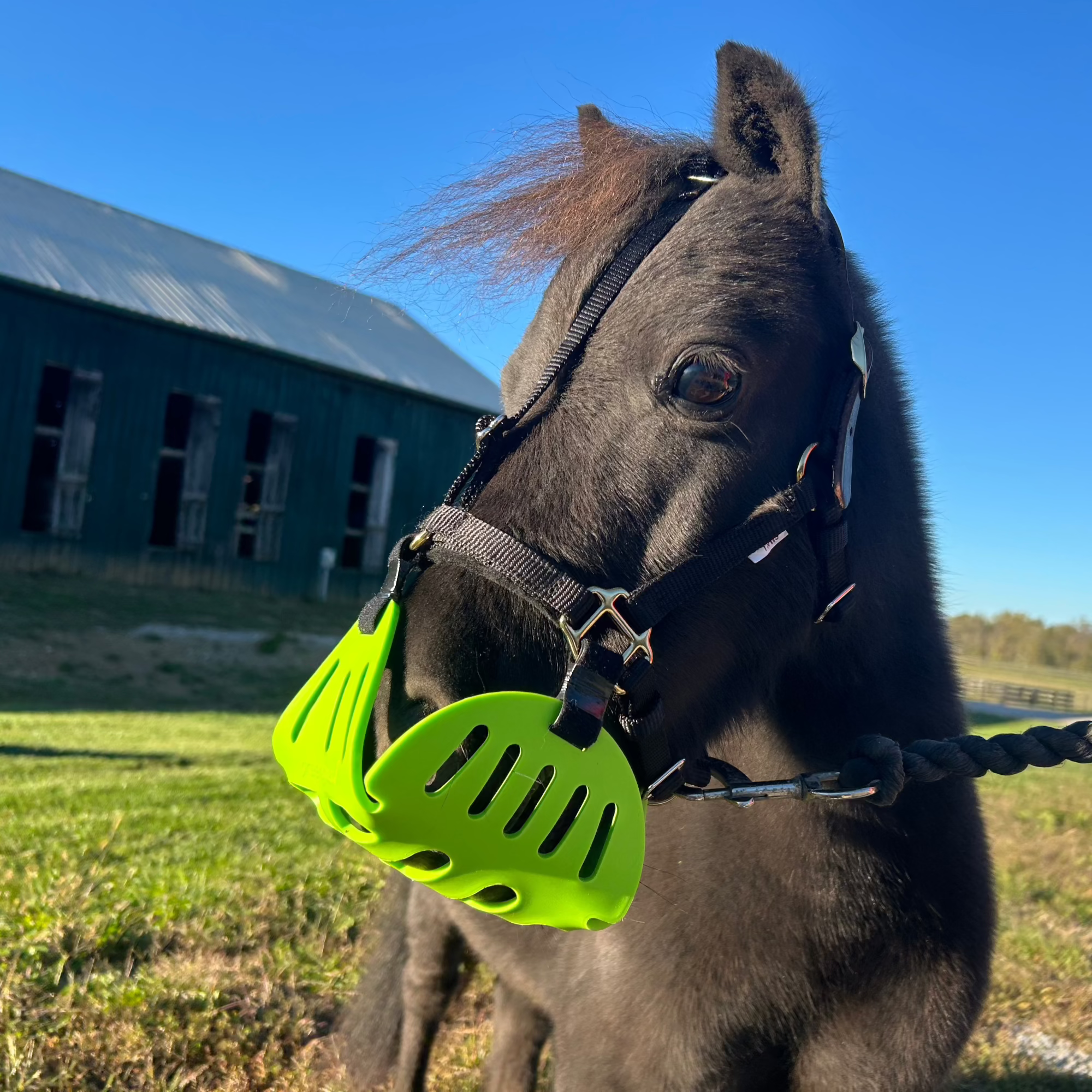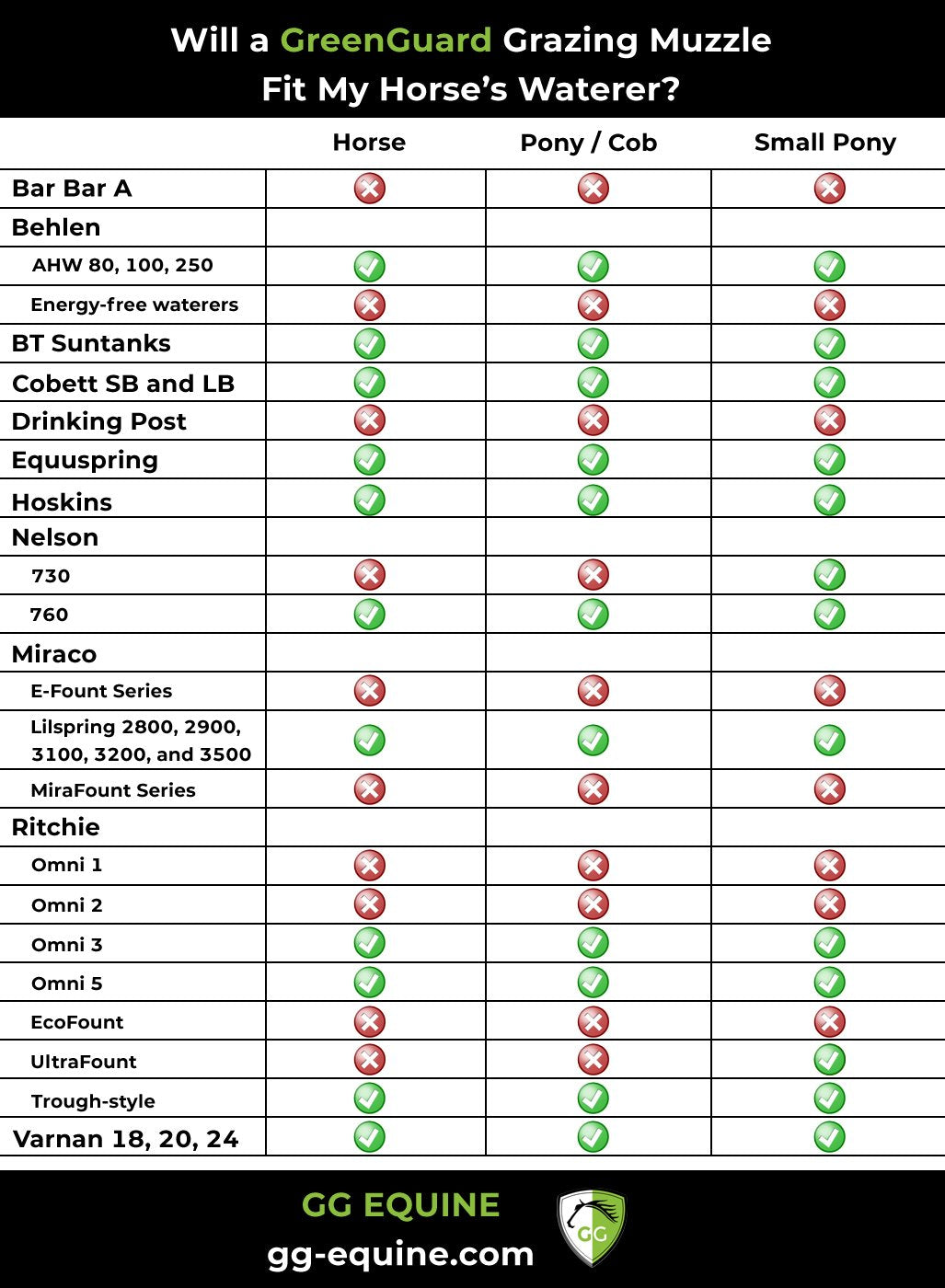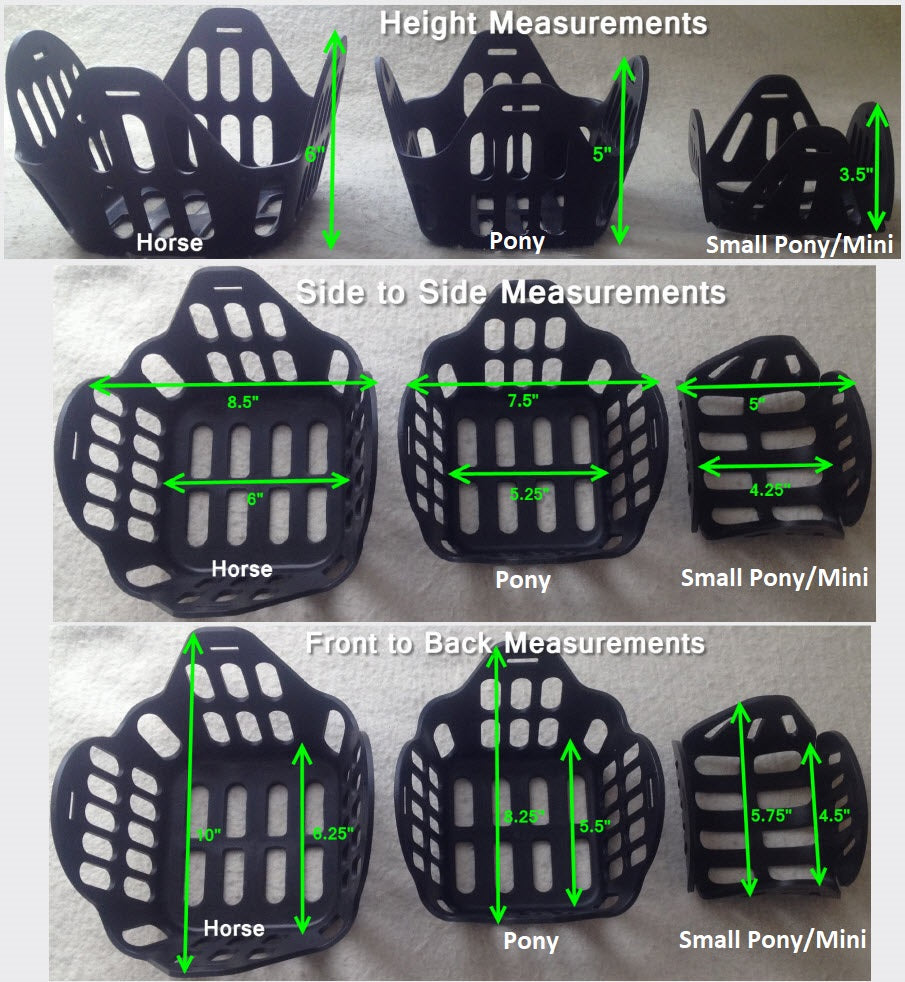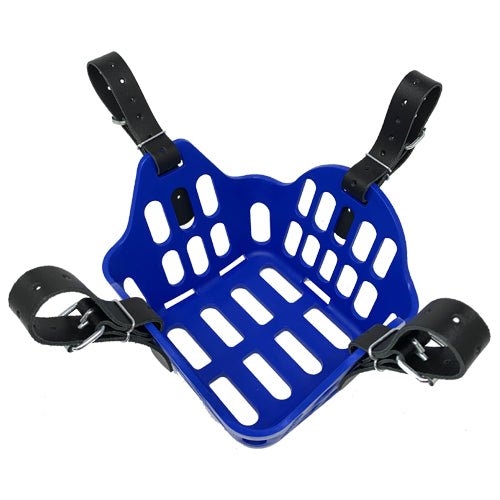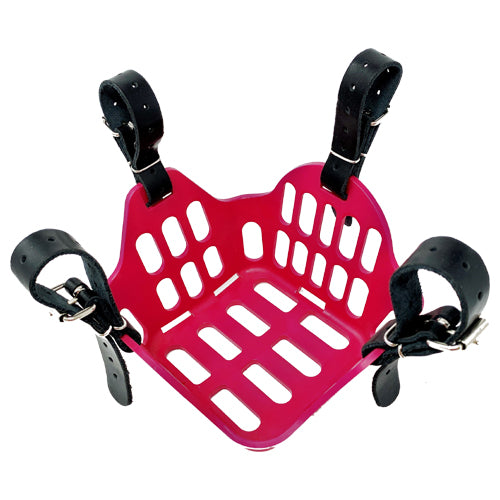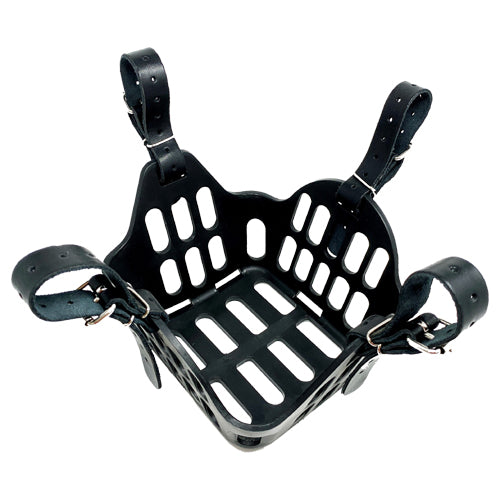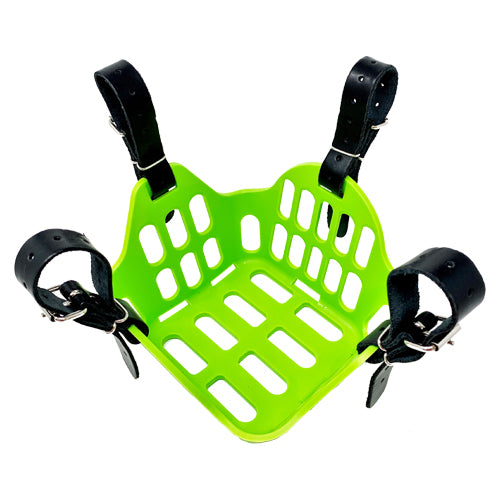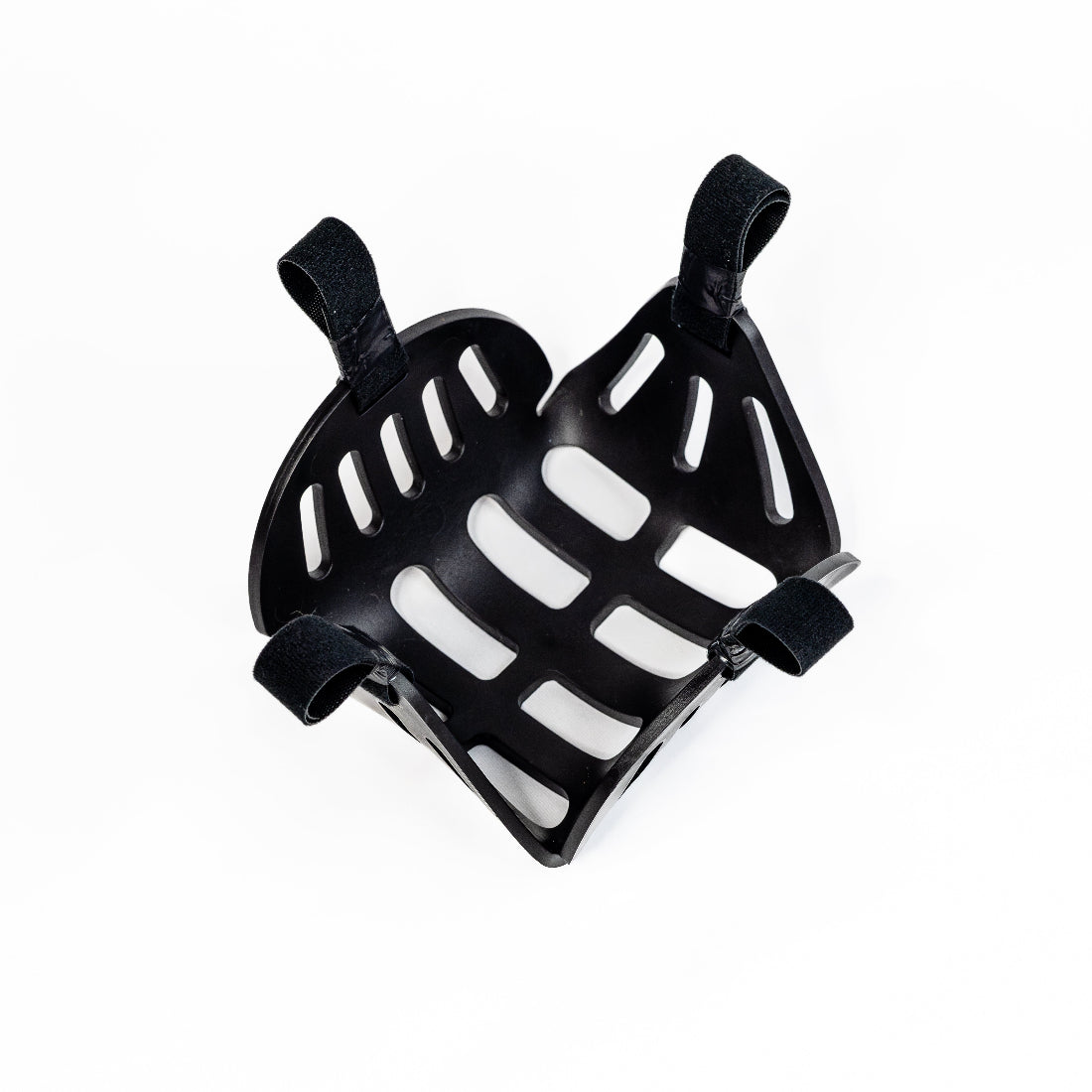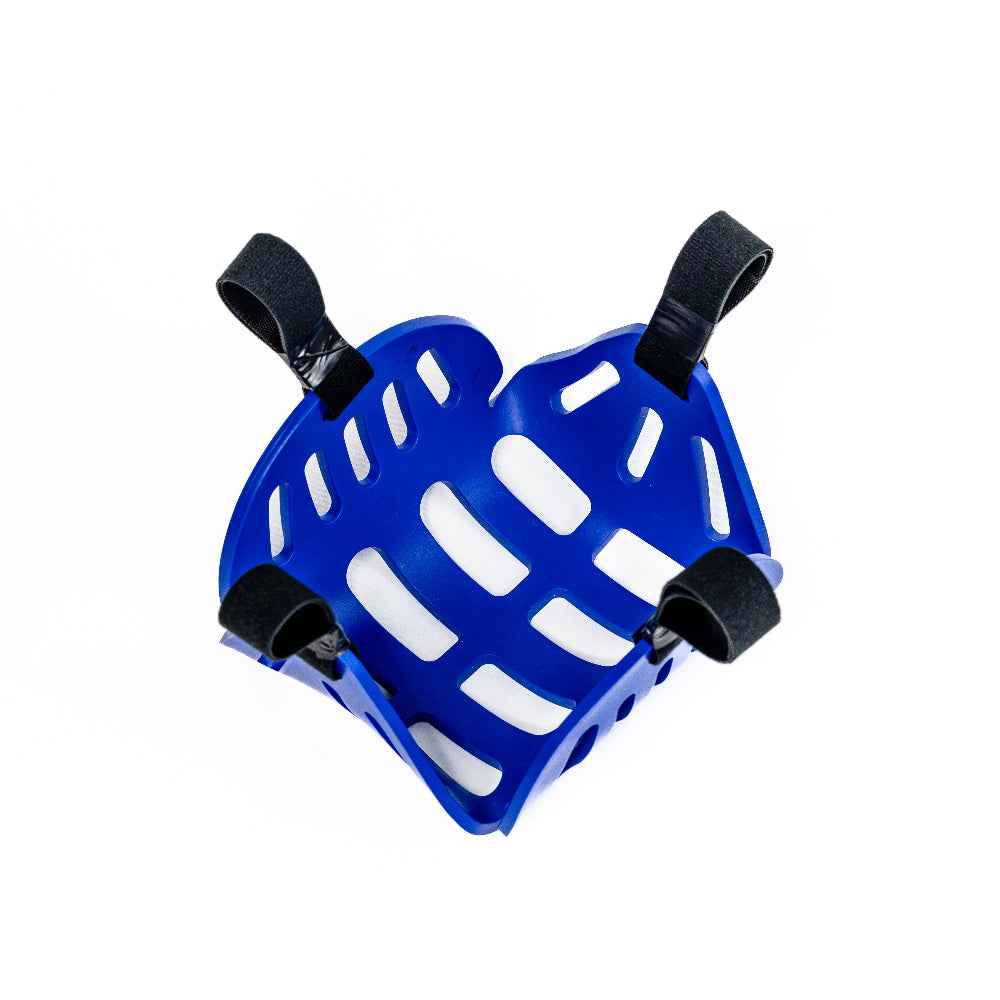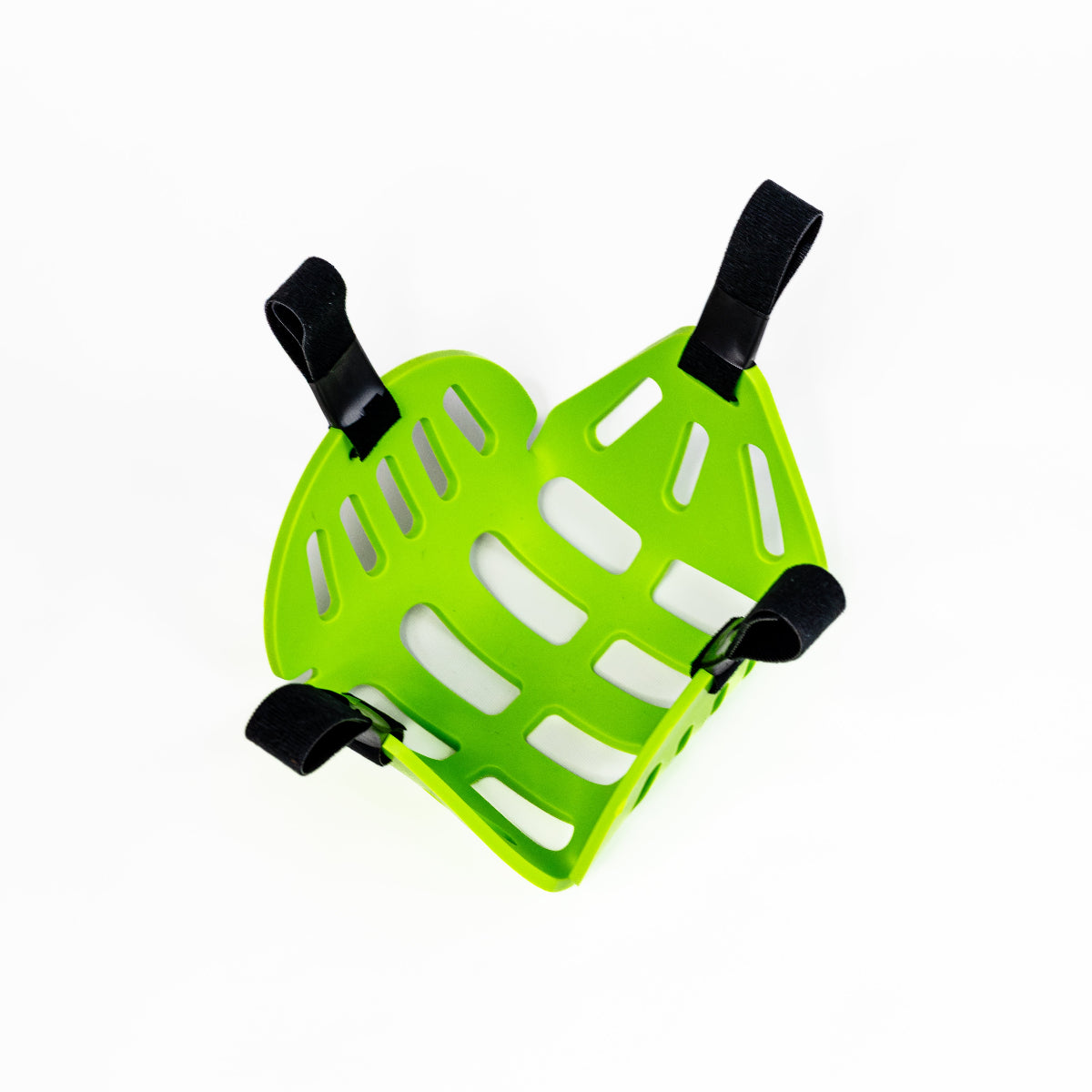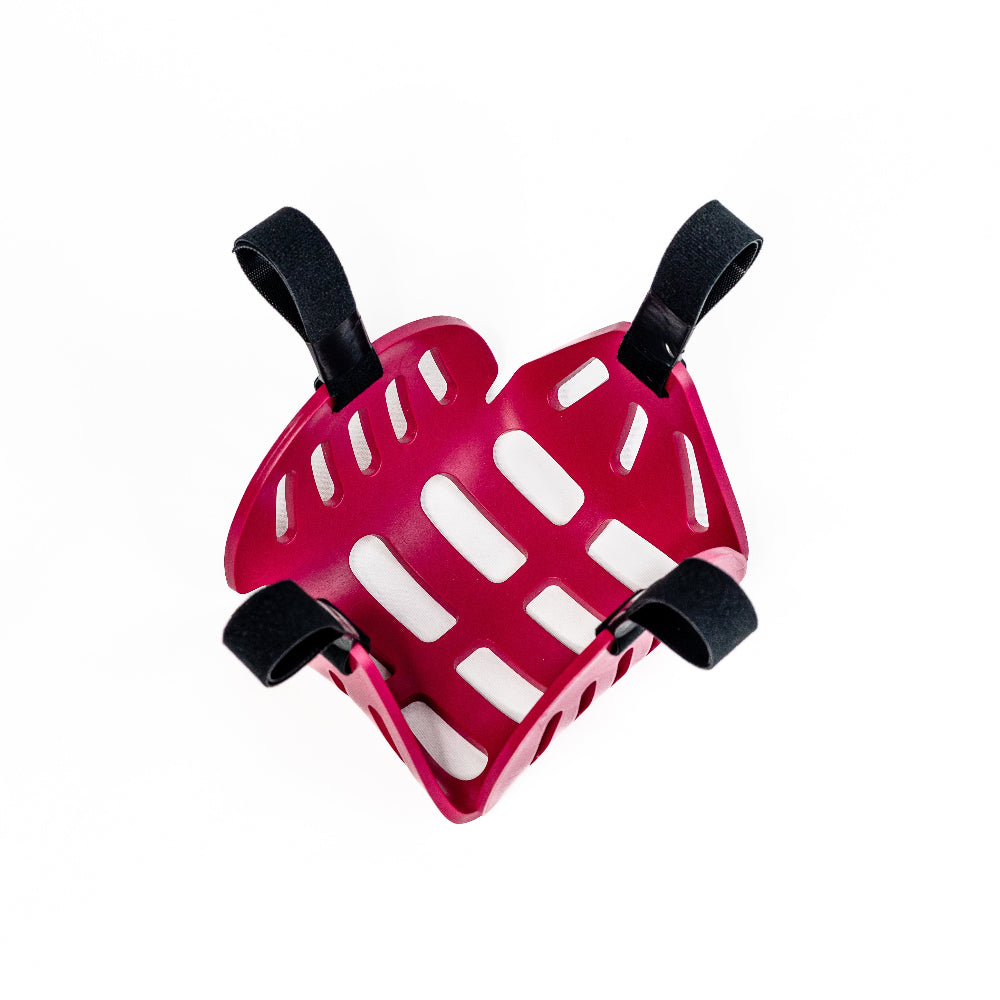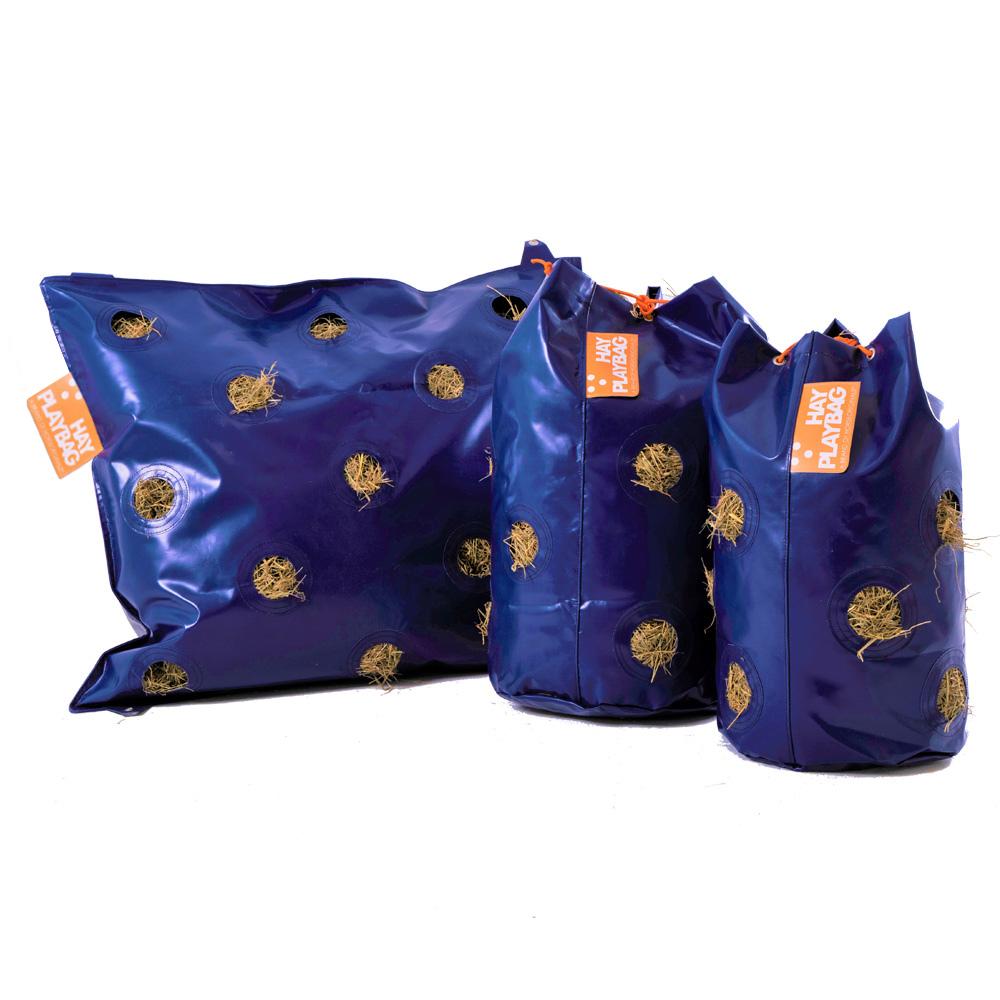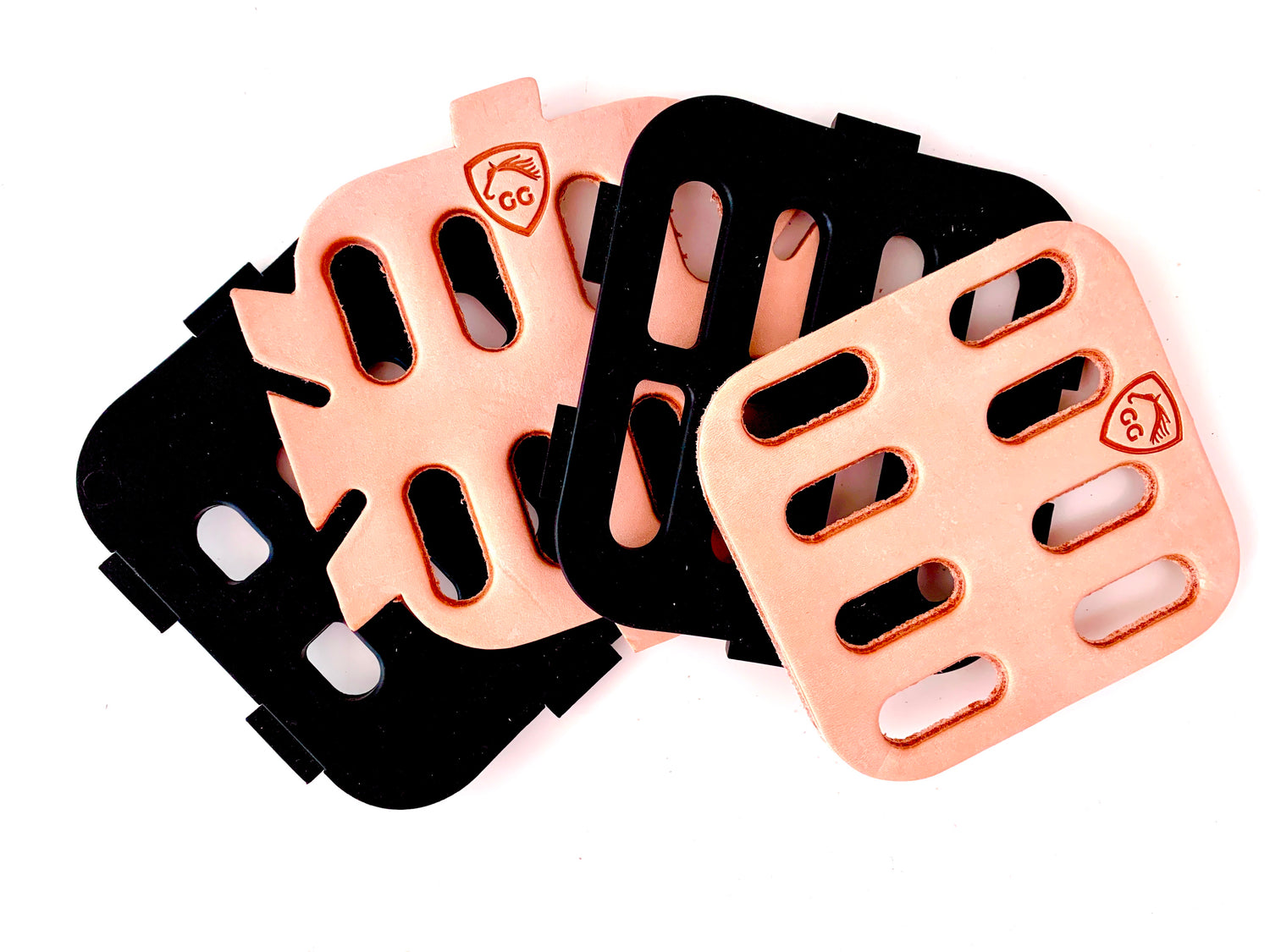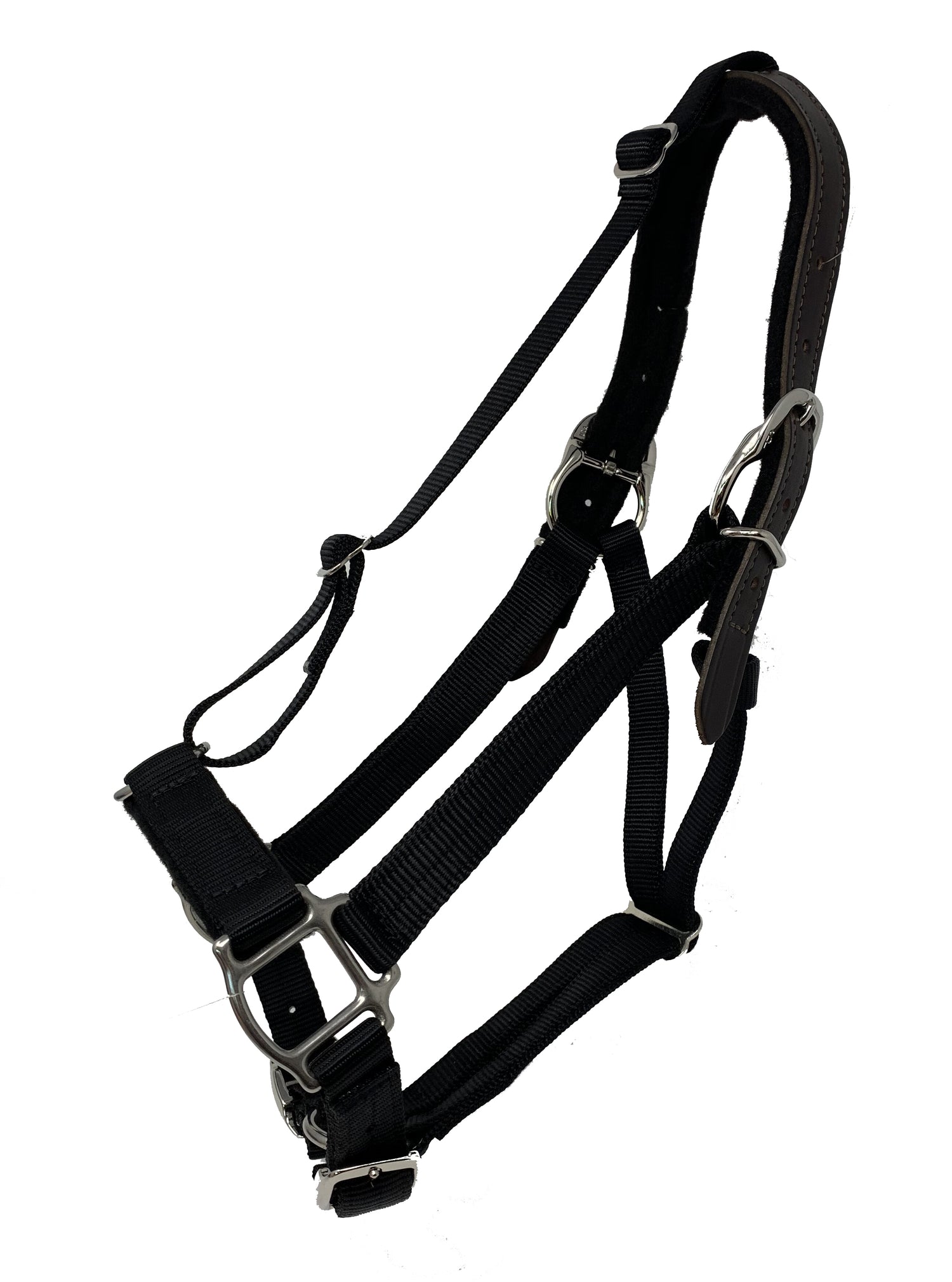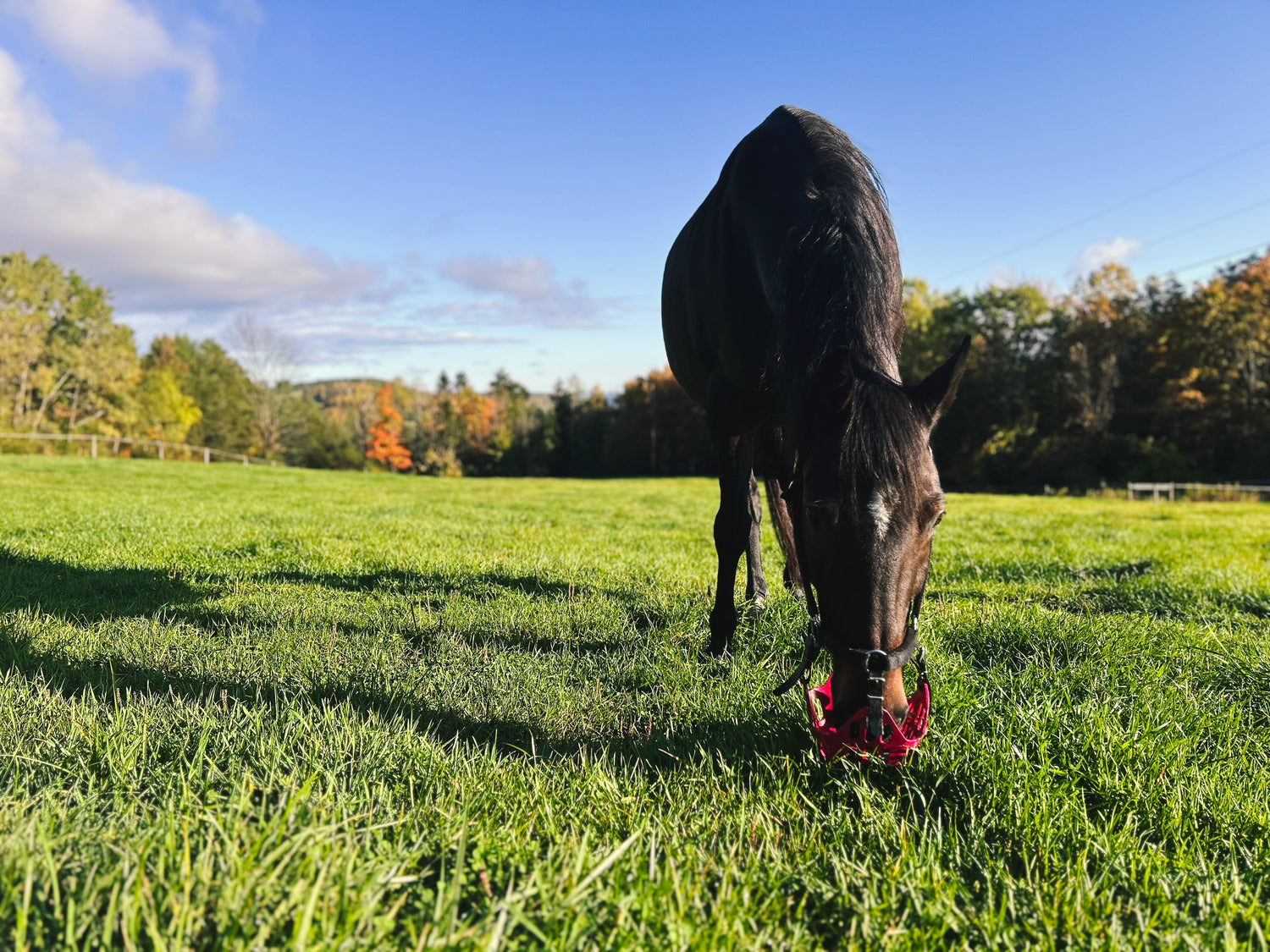Horse owners may assume that summer's departure means a reprieve from the dangers of laminitis. You may be quite surprised to learn that once summer starts to cool off, horses' risk of laminitis increases. Laminitis and founder are complex conditions, and the risk factors encompass more than just the typical lush spring and summer grasses.
Often-overlooked triggers that come into play, especially in the autumn, include hormonal, environmental, and barn management factors. Two big reasons for an increased laminitis risk in fall are a horse's ACTH hormone level and stressed-out pasture.

From the pituitary gland to the hoof: the ACTH Hormone affects it all
In the fall, our horses naturally start to increase the amount of Adrenocorticotropic Hormone (ACTH) their bodies make in a metabolic shift. The pituitary gland produces this hormone, and the following chain reaction is that the hormone stimulates the release of cortisol to help prepare your horse for winter. Cortisol, the stress hormone, helps your horse grow a nice winter coat to stay warm.
The cortisol released acts to increase insulin in your horse's body, and insulin dysregulation relates to a higher laminitis risk. The more insulin, the higher the risk of laminitis.
Fall triggers hormone changes
All horses experience this spike in ACTH in the fall, typically starting about mid-August and going until November or December. A horse with elevated ACTH levels due to pituitary pars intermedia dysfunction (PPID, formerly Cushing's disease) will also experience these increased ACTH levels, driving that value even higher.
Close monitoring with blood work and an adjustment of medication can help this hormonal imbalance. For horses with otherwise normal ACTH, temporarily treating them for PPID during the fall might alleviate some laminitis risk.

Laminitis can strike horses in the fall, too. Photo by Viktoriia Bondarenko on Shutterstock.
Environmental and dietary concerns - nutrition, forage, and sugars
Your horse's environment is also a factor for fall laminitis. When grass is either in a growth phase or under stress, the risk of laminitis increases due to increases in certain types of starches and sugars called NSC (Non-structural Carbohydrates). We typically don't see the bright green grass of spring, but fall rains often stimulate grass growth, which means a spike in NSC levels and the risk of laminitis that goes along with it. If pasture has been overgrazed during warm months, it's also quite stressed and will stockpile sugars to grow.
Temperatures affect sugars and starches
Fall temperatures also stress pastures. Frosty nights, shorter days, and hard frosts on the grass send it into a sugar-hoarding mode, driving up those NSC values. Horses with PPID and equine metabolic syndrome (EMS) are especially sensitive to the sugar content of their forage and feeds. The nutrient changes and increased sugars tell the horse's body to create more insulin, thus furthering the risk.
The ideal equine diet
For all horses, it's best to have a lower-sugar and low-starch diet, and this is especially important for horses already teetering on the danger zone edge.

Rain during the autumn season can cause a spike in grass starches and sugars. Photo by J.K. York on Shutterstock.
Barn management best practices to reduce autumn laminitis risks
How you manage your horse can also change in the fall and increase your horse's risk for laminitis. Many horses exercise less in the fall months as their owners return to school or the weather prohibits riding. Or the colder weather prompts us to feed them more so they stay warm. Or we add blankets, which might help your horse stay warm, but the extra calories fed increase their weight instead of warming their body.
On the other hand, if you take advantage of the cooler weather to exercise more, you might compensate with increased feed, more forage, or longer turnout time on pasture. Sometimes, we compensate too much, and our horses gain weight.
The dangers of obesity in horses
Once a horse starts to become overweight or obese, a few things happen. The joints, muscles, respiratory and cardiovascular systems of obese horses are strained. This includes the delicate laminae in the hooves that support their entire body weight. Your horse is also more likely to develop EMS or insulin resistance due to the extra pounds.
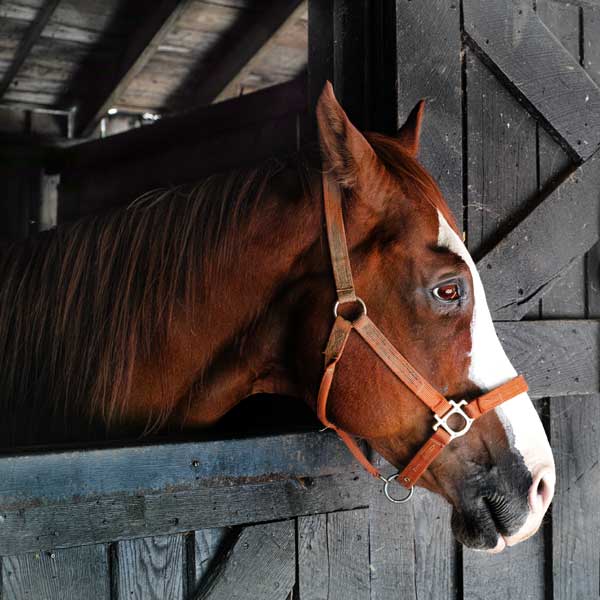
How you interact with your horse may change with the seasons. Photo by Brady Barrineau on Shutterstock.
Prevent fall laminitis in horses and ponies with grazing muzzles and lifestyle changes
To keep your horse safe from laminitis in the fall, approach your horse's health from three sides: Their metabolic status, the environment, and a barn management plan.
Here are some things you can do to reduce fall laminitis risk
Monitor your horse's metabolism
Make sure their ACTH is measured and monitored. Double-check insulin levels, too. Both are simple and inexpensive blood tests. These bloodwork results help you and your vet gauge how risky the fall is for your horse.
Maintain healthy pastures
Make sure your horse's pasture is healthy and not stressed. Change grazing times to stay away from cool morning grazing or during regrowth after heavy rain. Using a grazing muzzle is another good way to limit your horse's grass intake and reduce the risk of laminitis.
Use slow feeders and grazing muzzles
Grazing muzzles are wearable hay nets that slow down how much sugar and starch reaches the hindgut, where microbes ferment the feed and can quickly become overwhelmed, leading to colic and founder. Muzzles for grazing also reduce the volume of pasture your horse eats, helping them to maintain a healthy weight and enjoy constant eating as intended.
Depending on the grazing conditions and your horse's metabolic status, limit your horse's access to grass using a dry lot. HayPlay bags are great slow feeders for dry lots that allow your horse to eat safely from ground level.
Adjust caloric needs
If your horse's exercise routine changes in the fall, make sure changes are also made to their feed and caloric intake. Your veterinarian can help you tailor a diet.
Keep your horse moving and exercising
Keep your horse's body moving with more turnout. You don't have to ride daily; there is plenty of movement and regular exercise from the lunge, hand walking, or playing with their herd friends. This movement stimulates blood flow throughout the body and hoof capsule.
Track your horse's weight
Monitor your horse's weight with a weight tape, as our eyes tend to deceive us! Your horse's body condition should remain healthy without significant weight changes.
Monitor soundness and hoof health
Continue regular farrier care. Hoof growth may slow slightly in colder weather, but your farrier is critical to your horse's overall health.
Stay vigilant to changes in your horse's soundness. Lameness in the fall after eating grass is often a sign of sub-clinical chronic laminitis. The severity may not be there, but foot-sore horses are often laminitic horses flying under the radar.
How to find your horse's digital pulse, by Pro Equine Grooms on YouTube.
Check the digital pulse as part of your grooming routine
Check your horse's digital pulse daily, as this often signals the onset of laminitis and is the first sign that something is wrong in your horse's hooves. Know the signs of laminitis and use your veterinarian as a resource for your horse's health. Enjoy the cooler weather, and stay ahead of laminitis this fall!
Read more about laminitis in our ongoing series:
- Part 1: Introduction: What is laminitis in horses?
- Part 2: Causes of laminitis in horses
- Part 3: Fall laminitis: The danger is real



